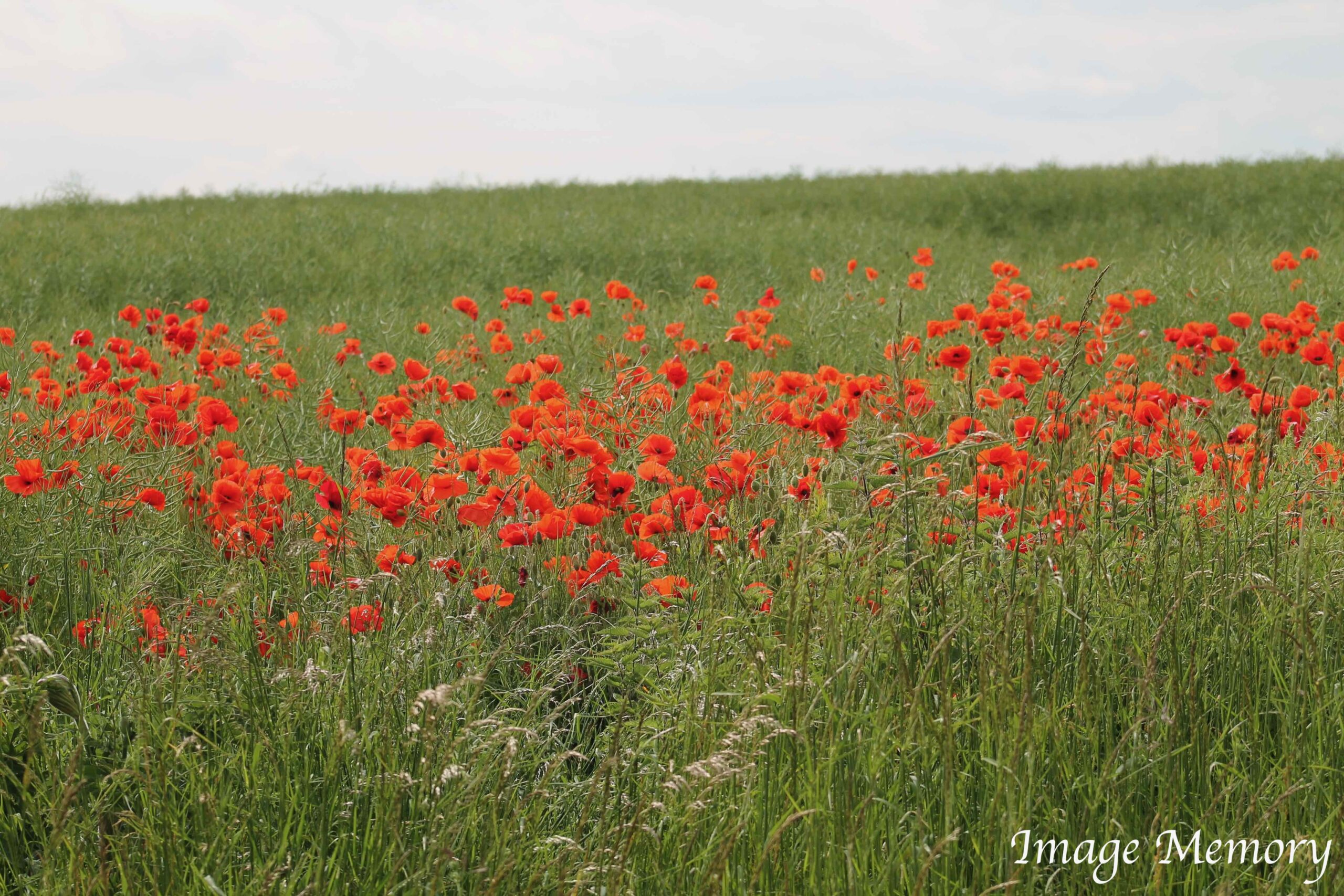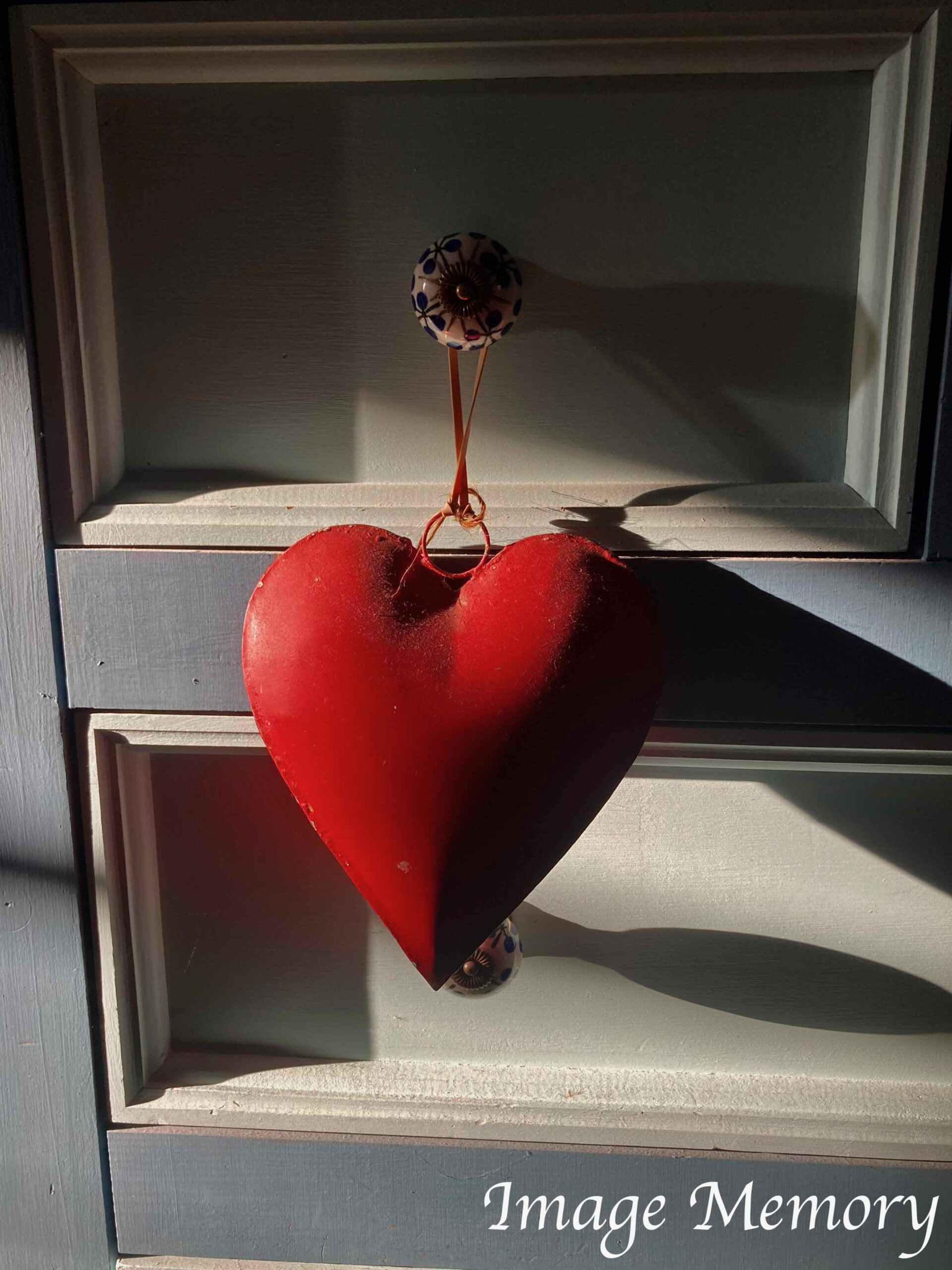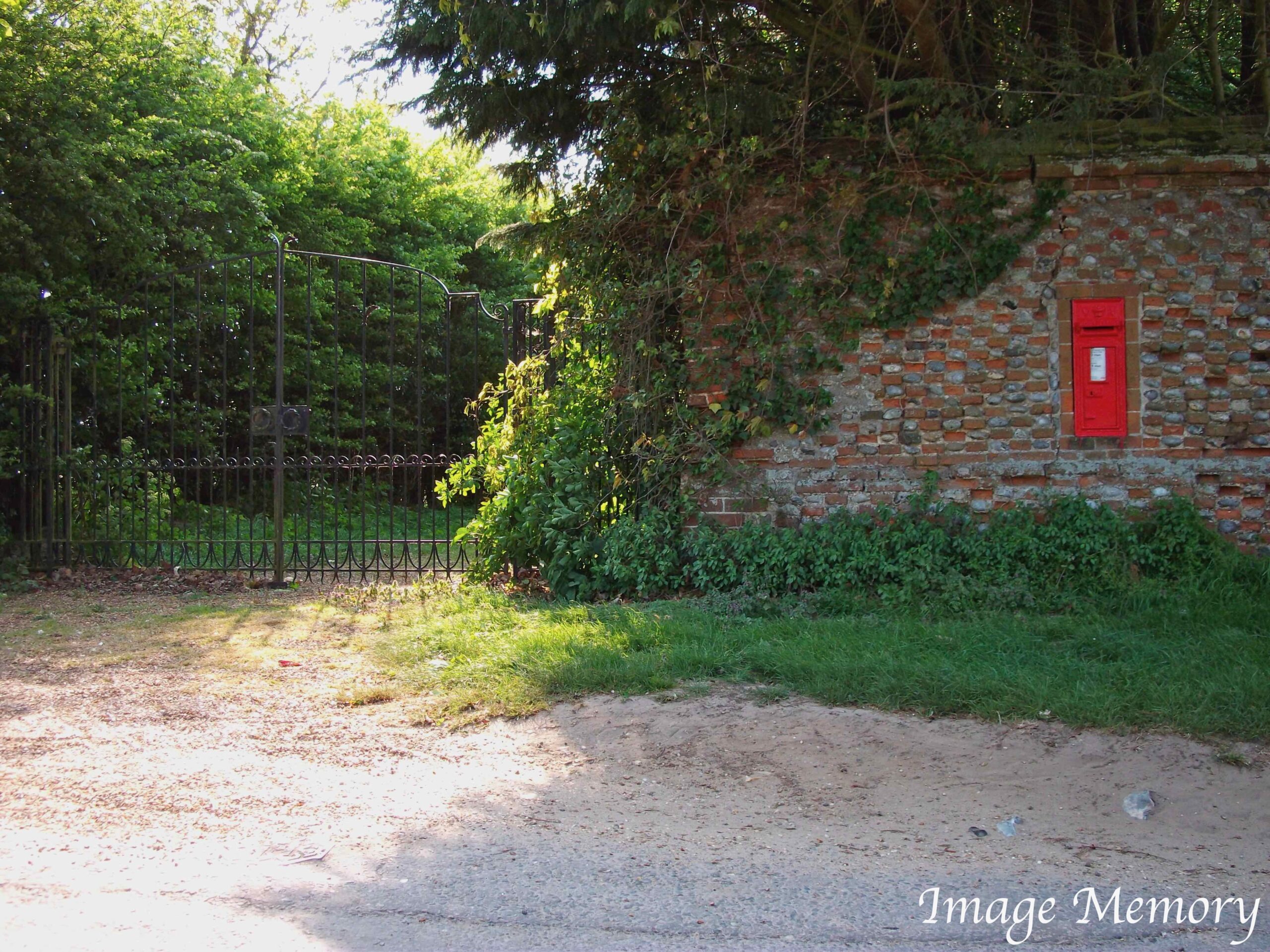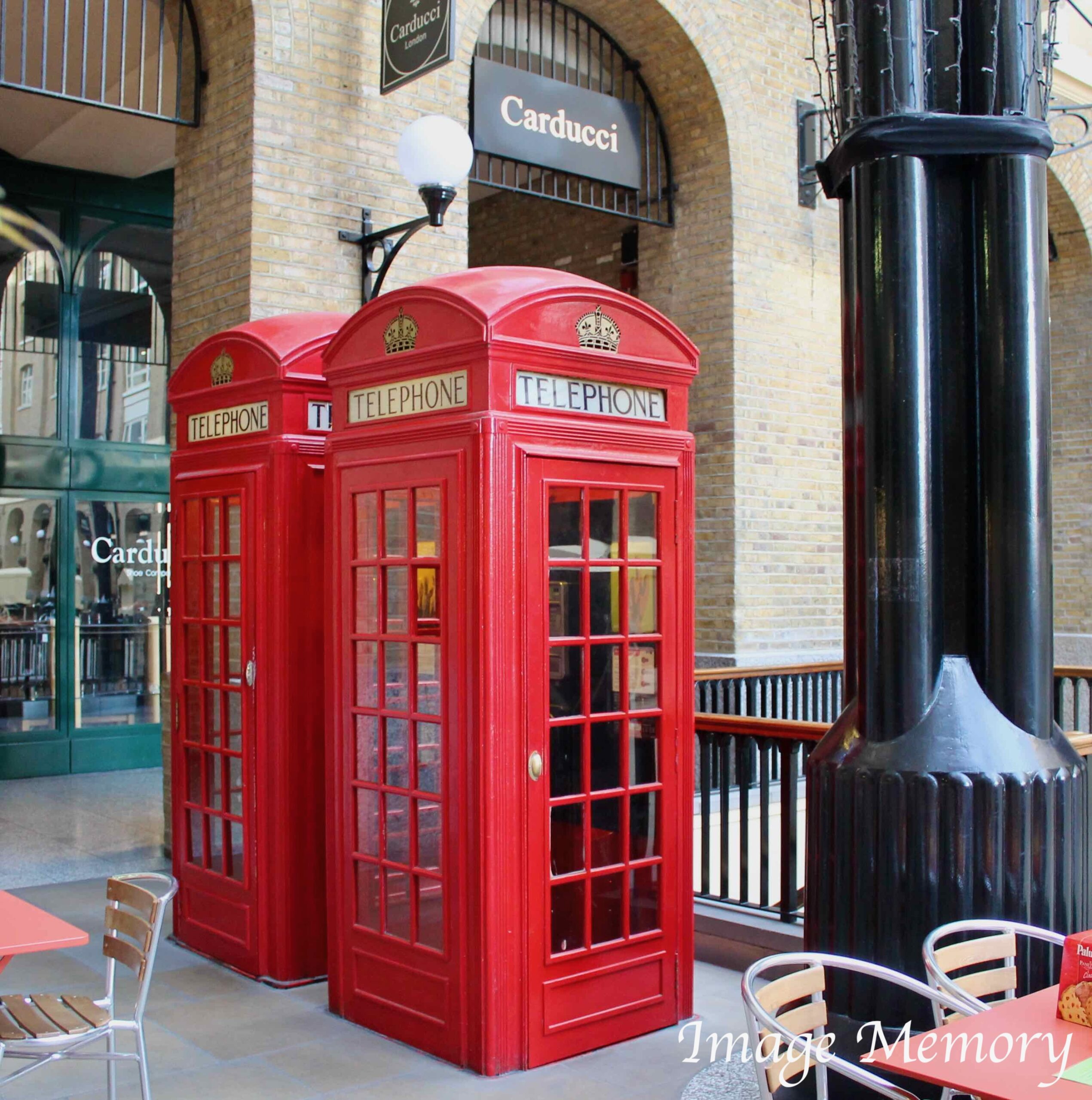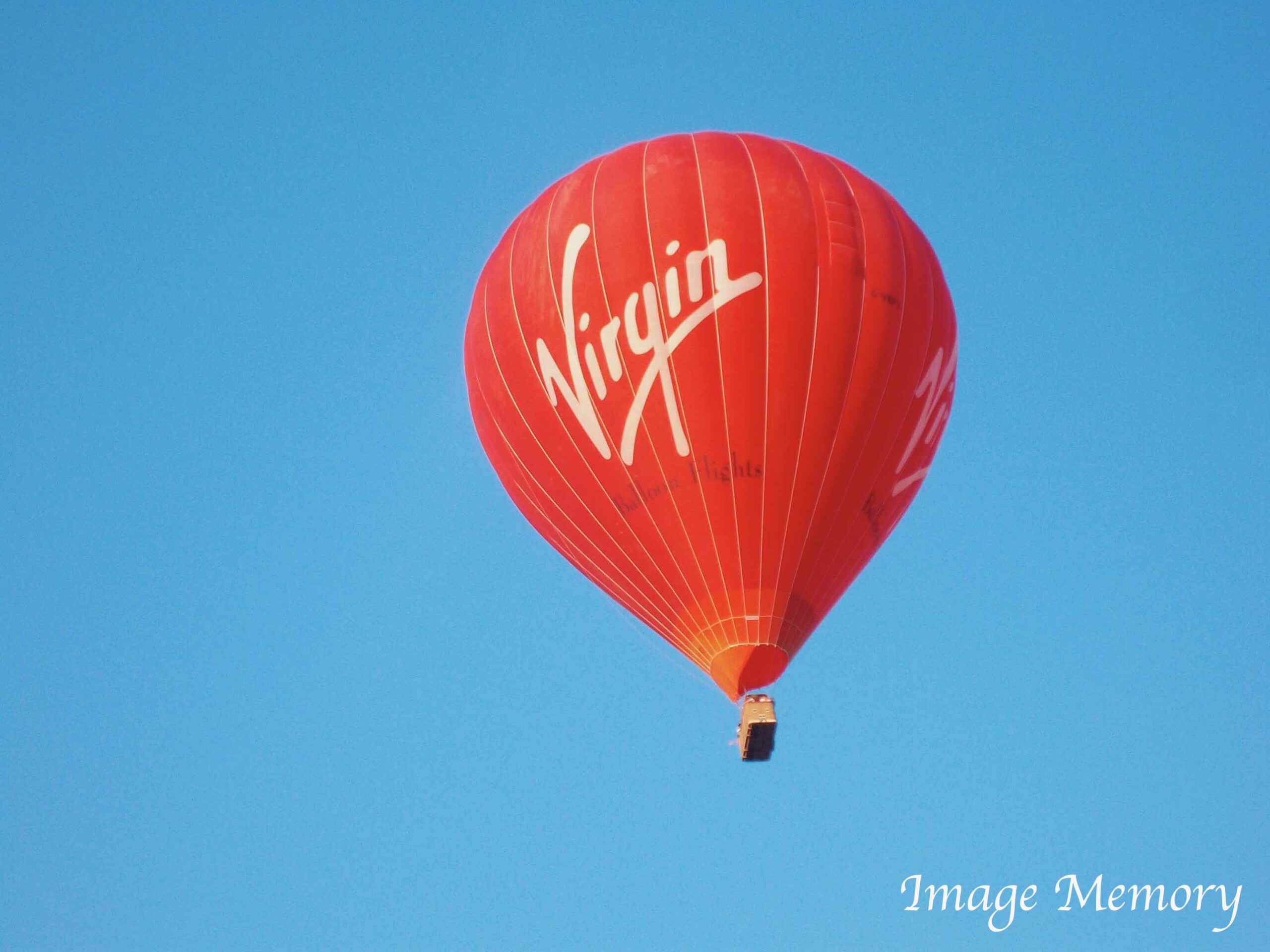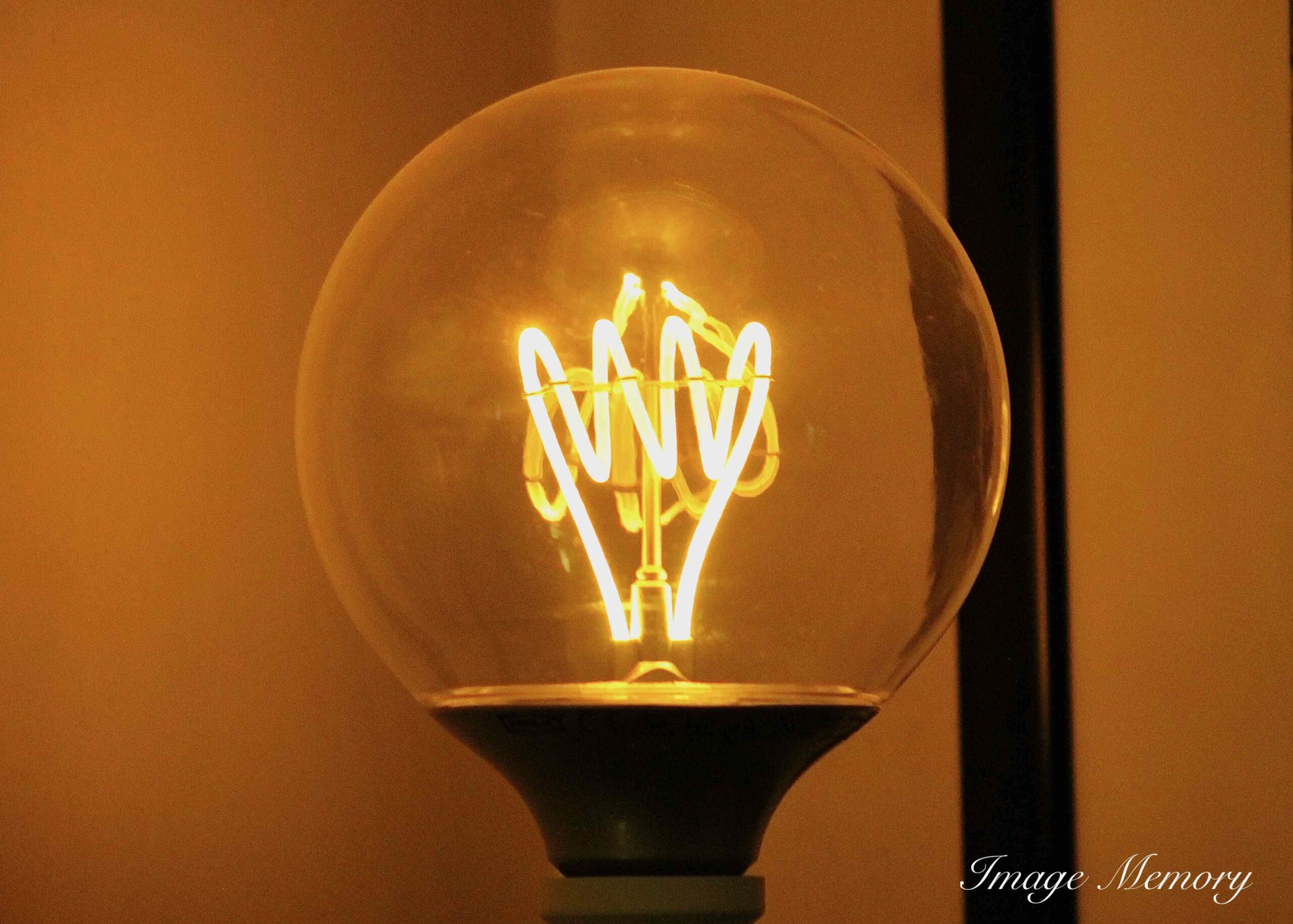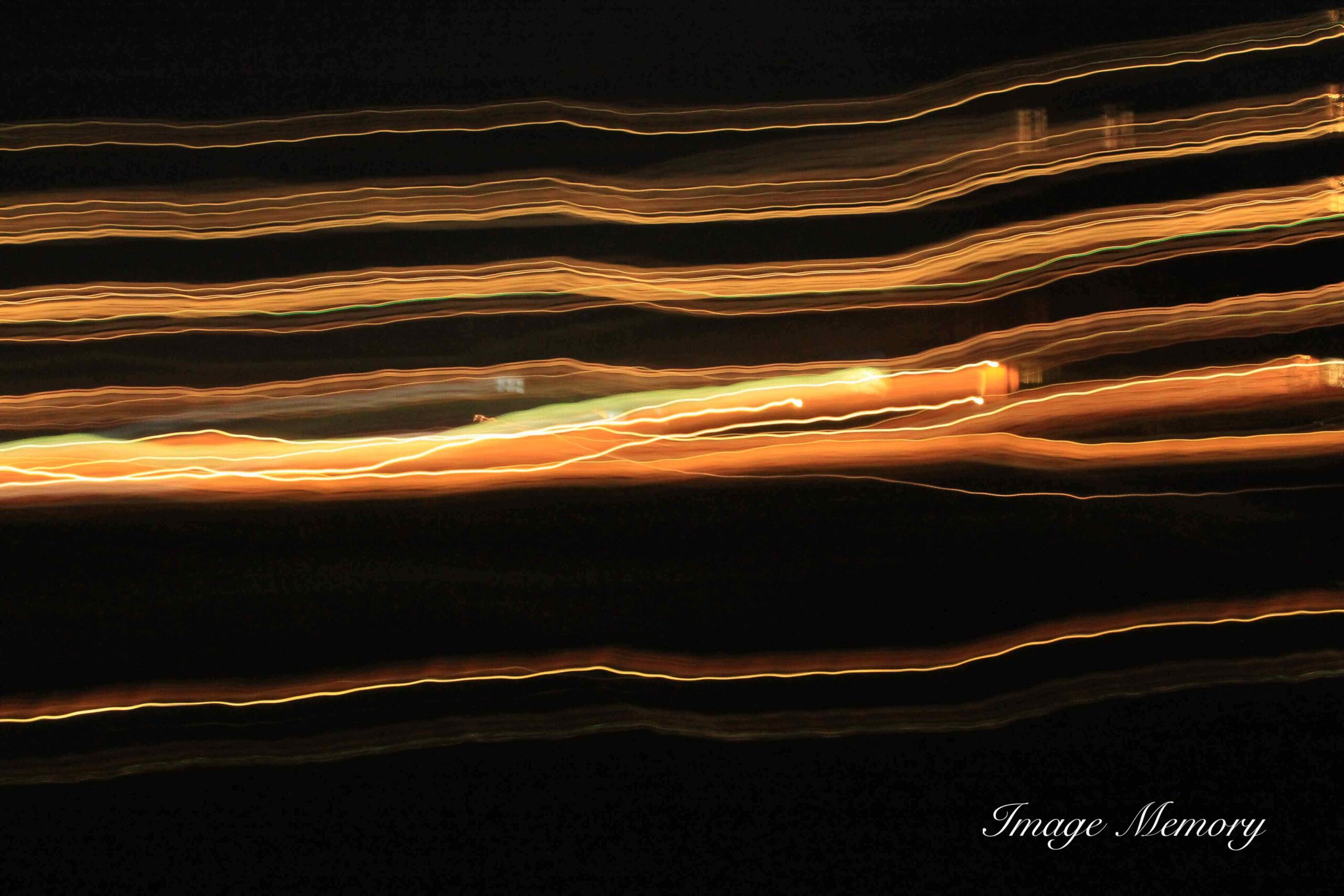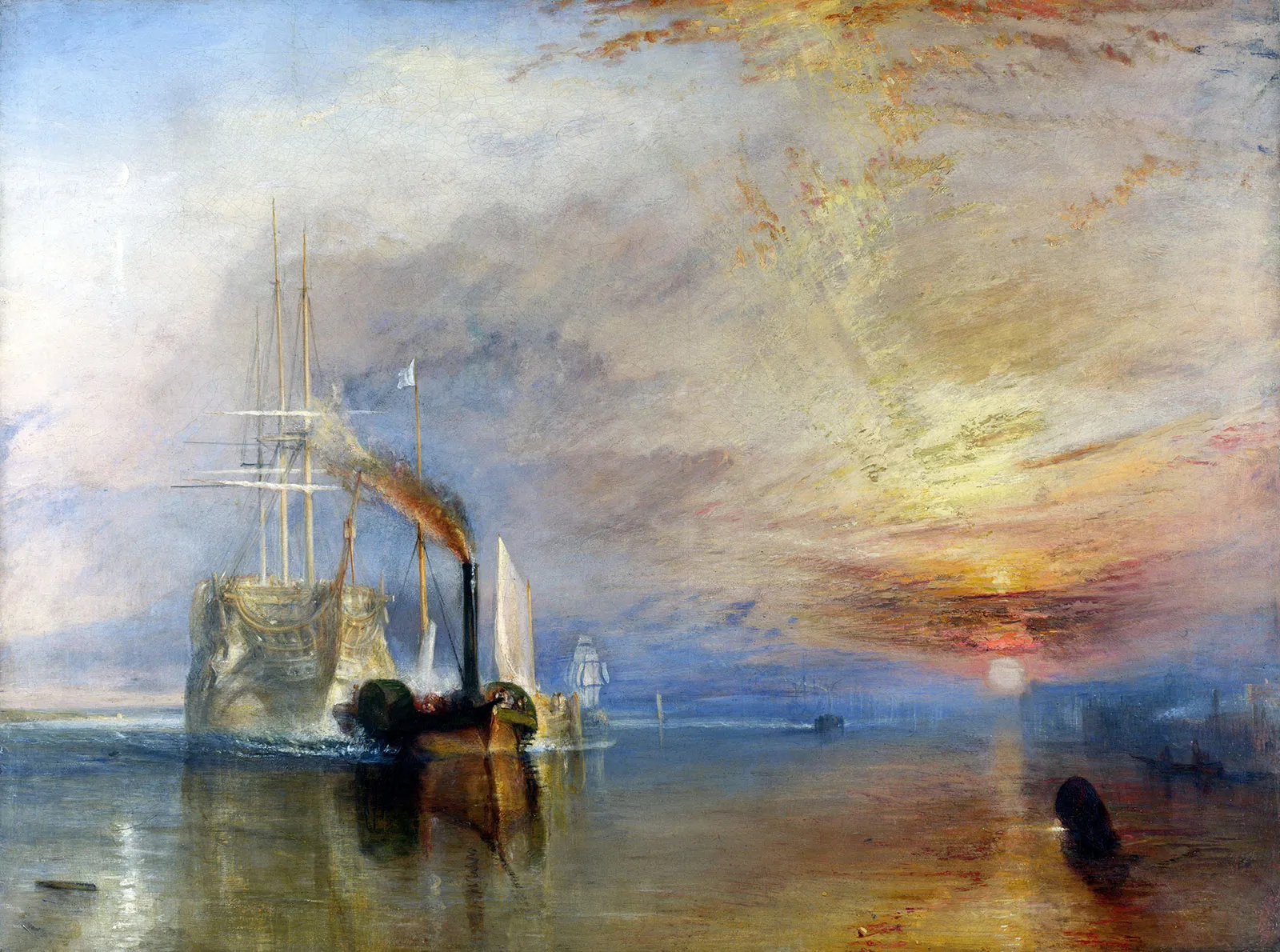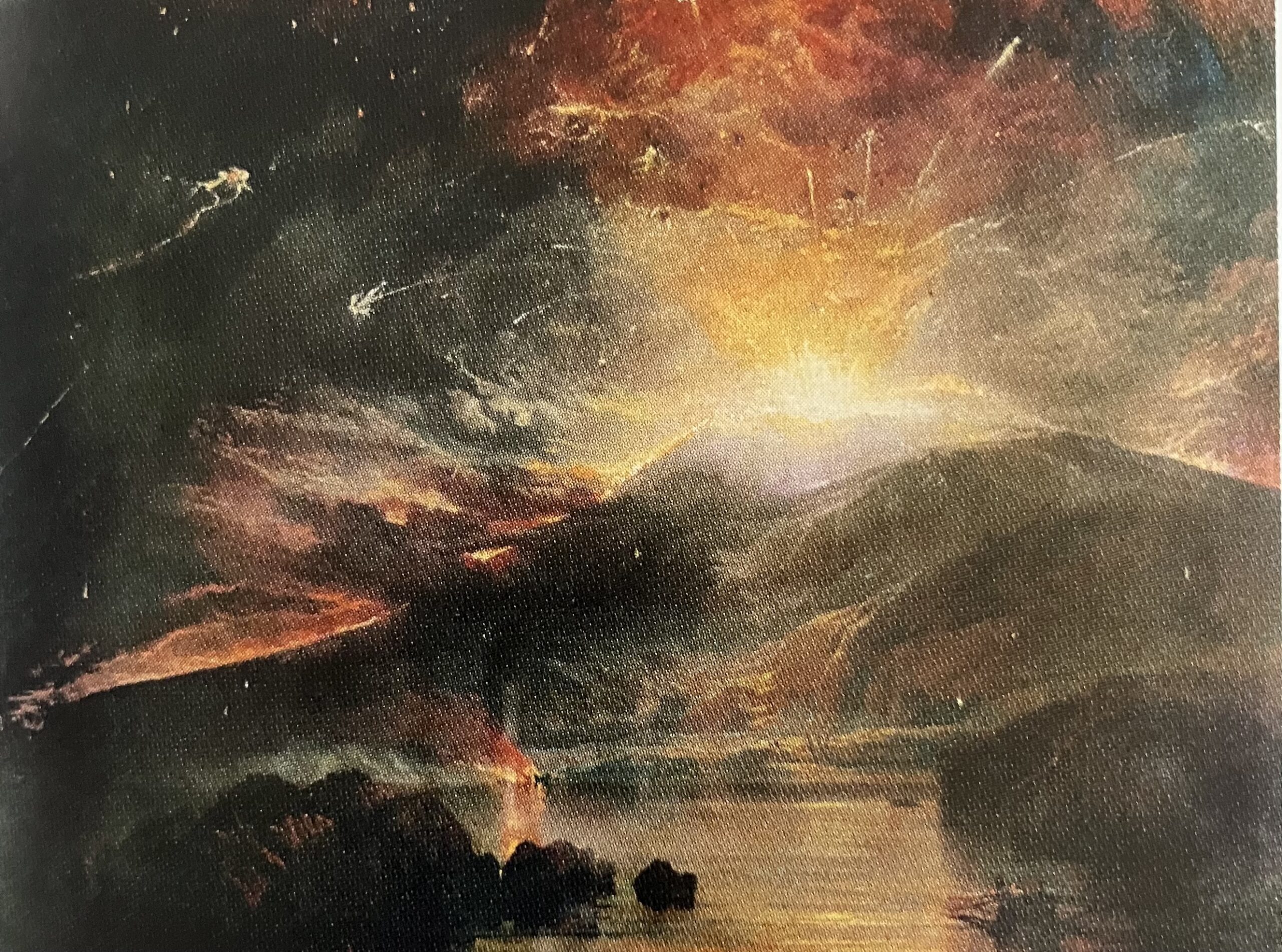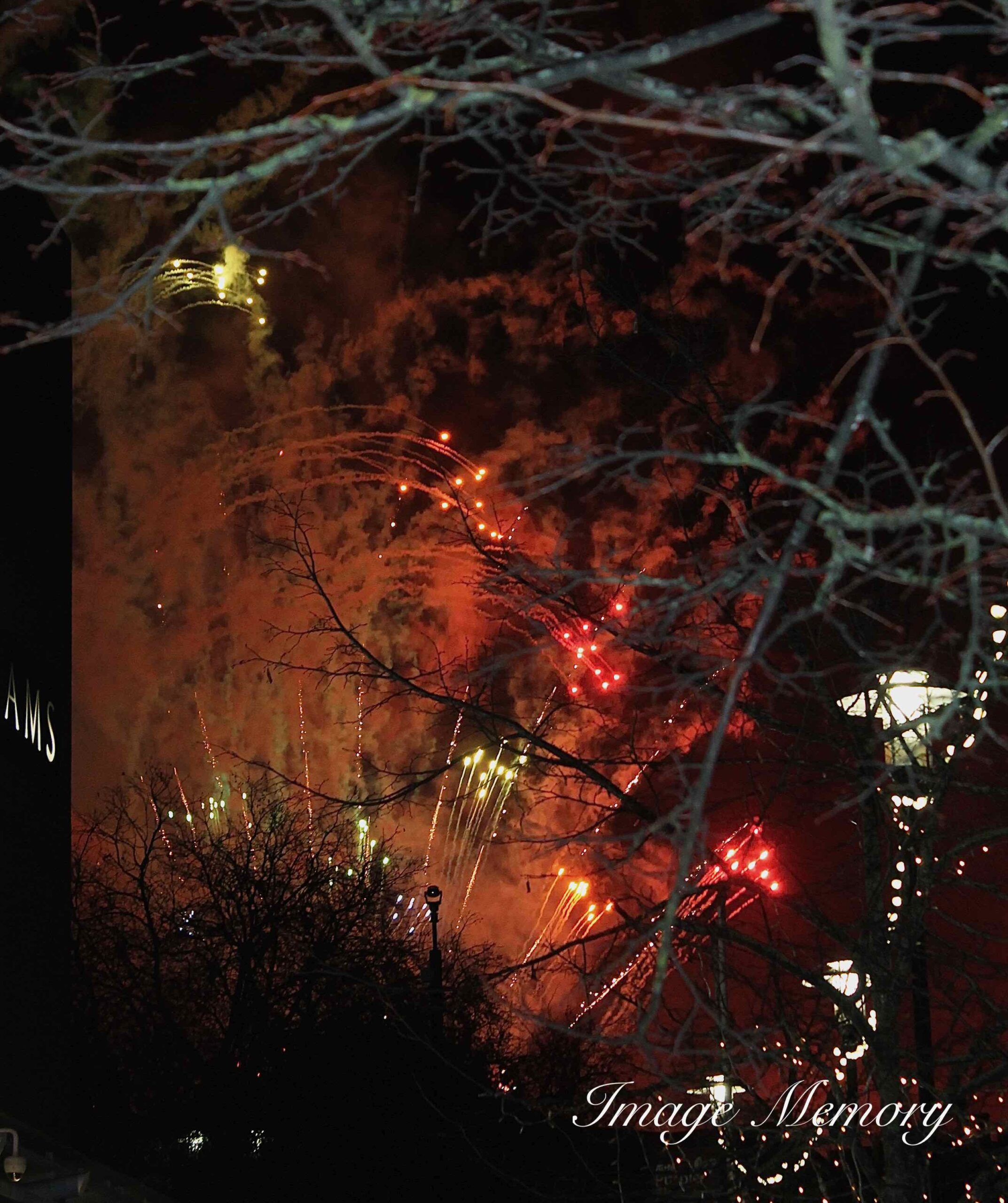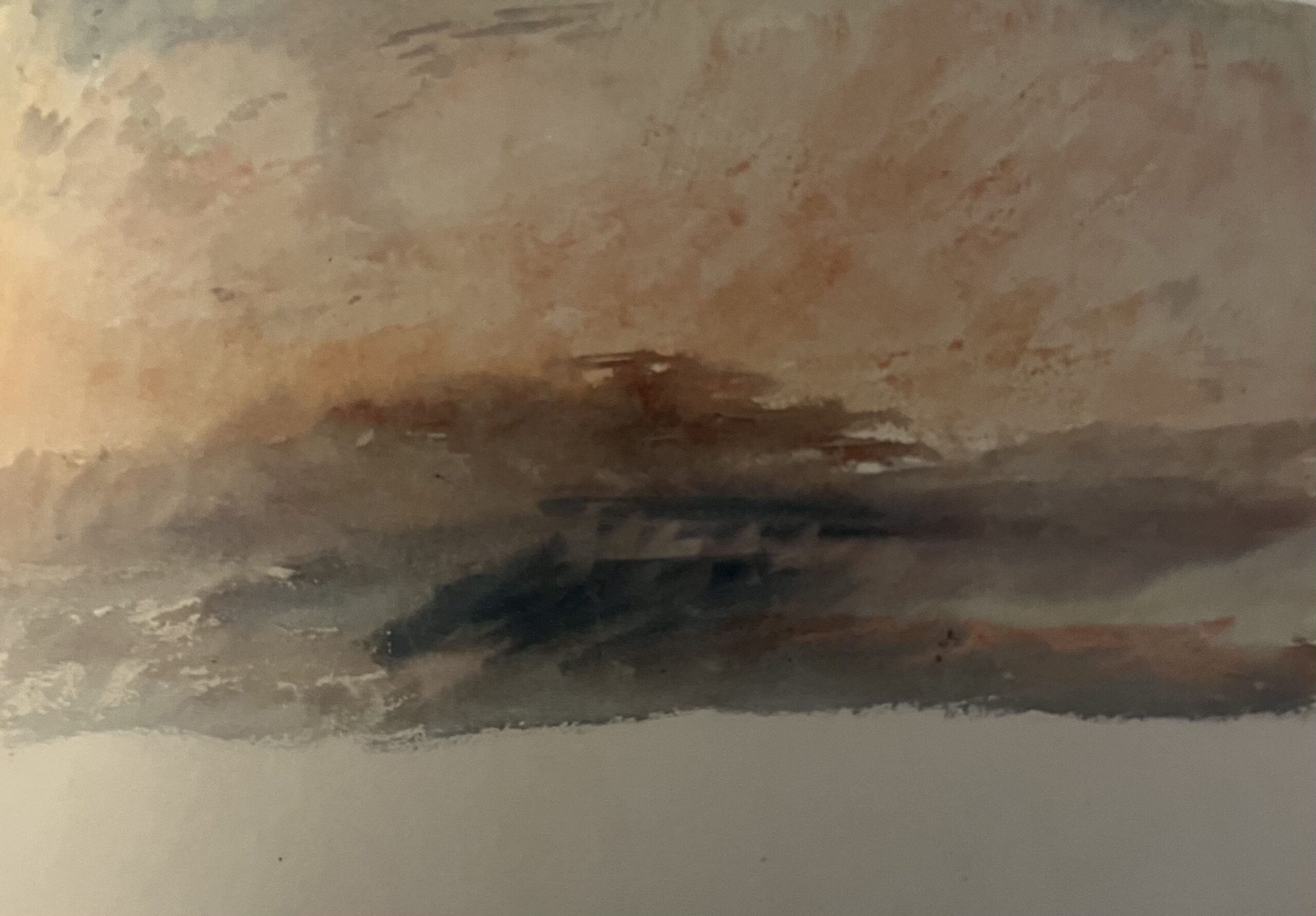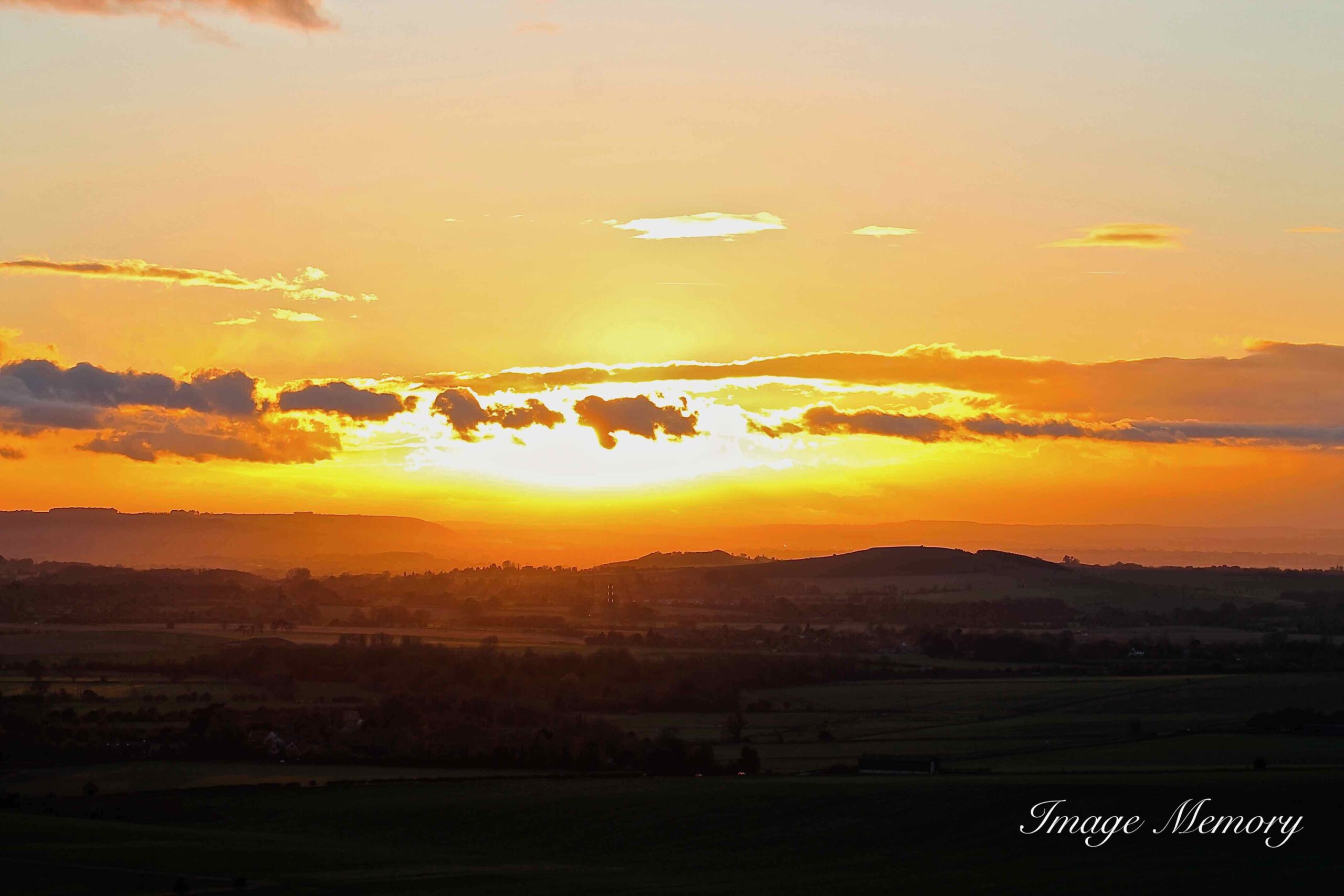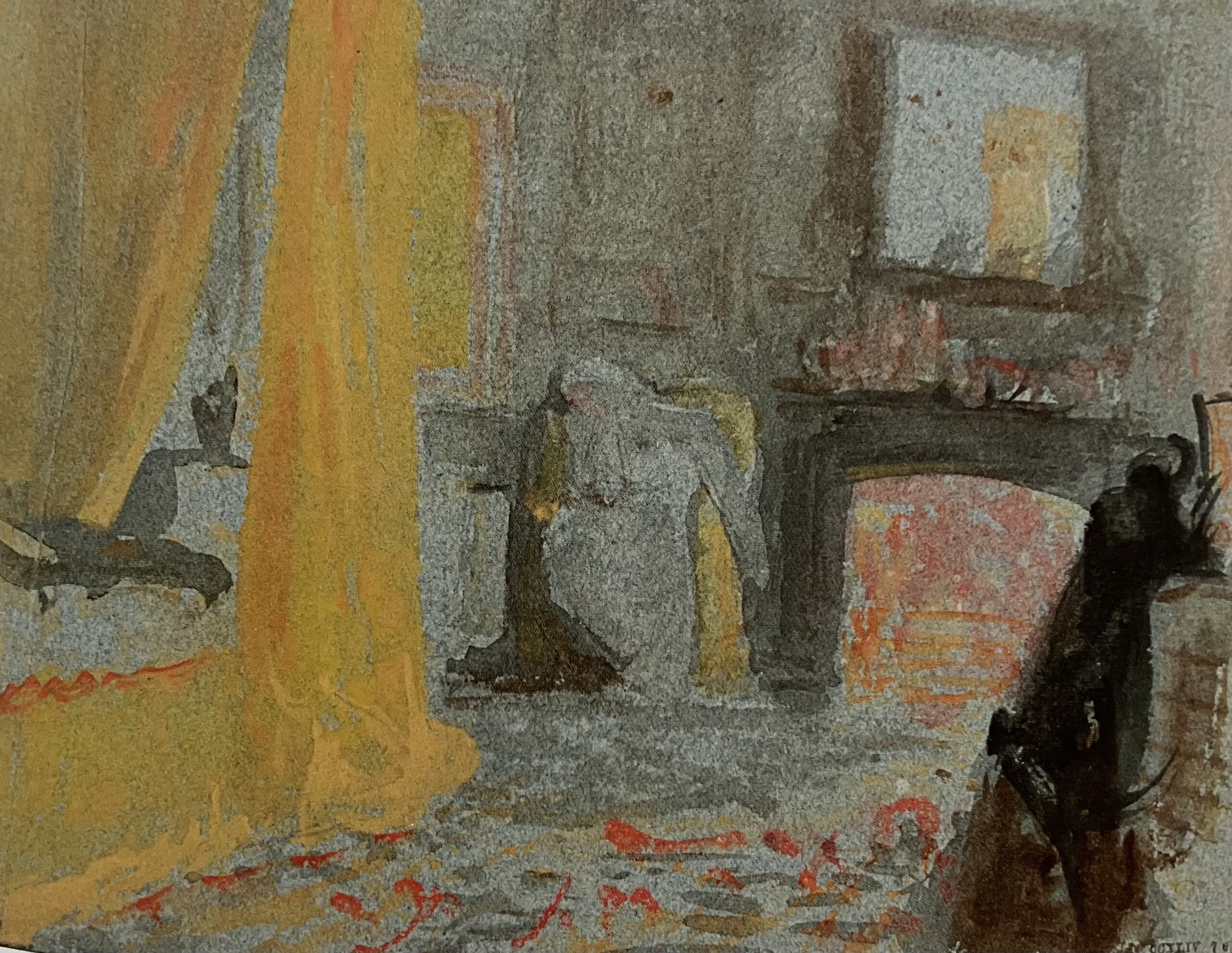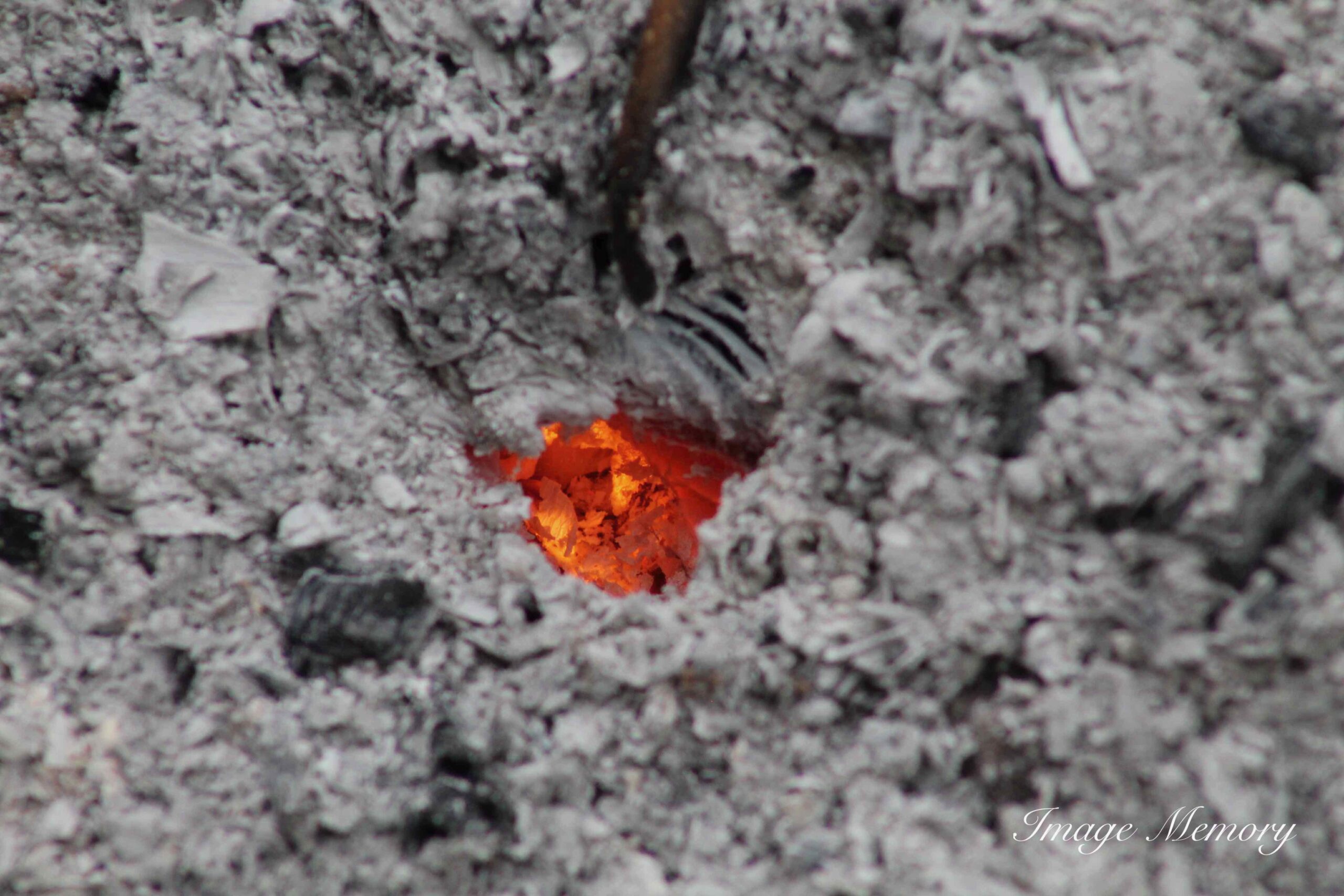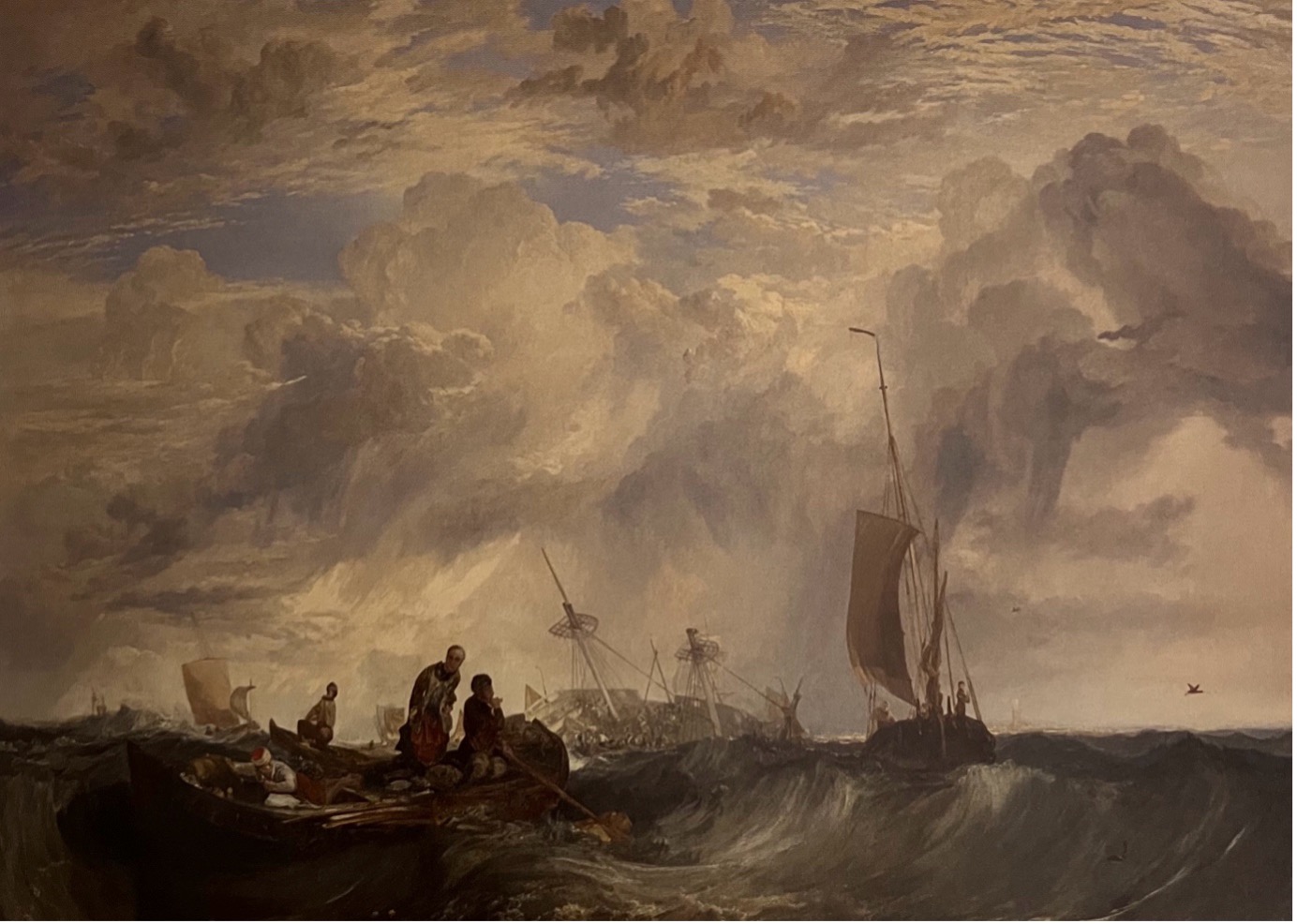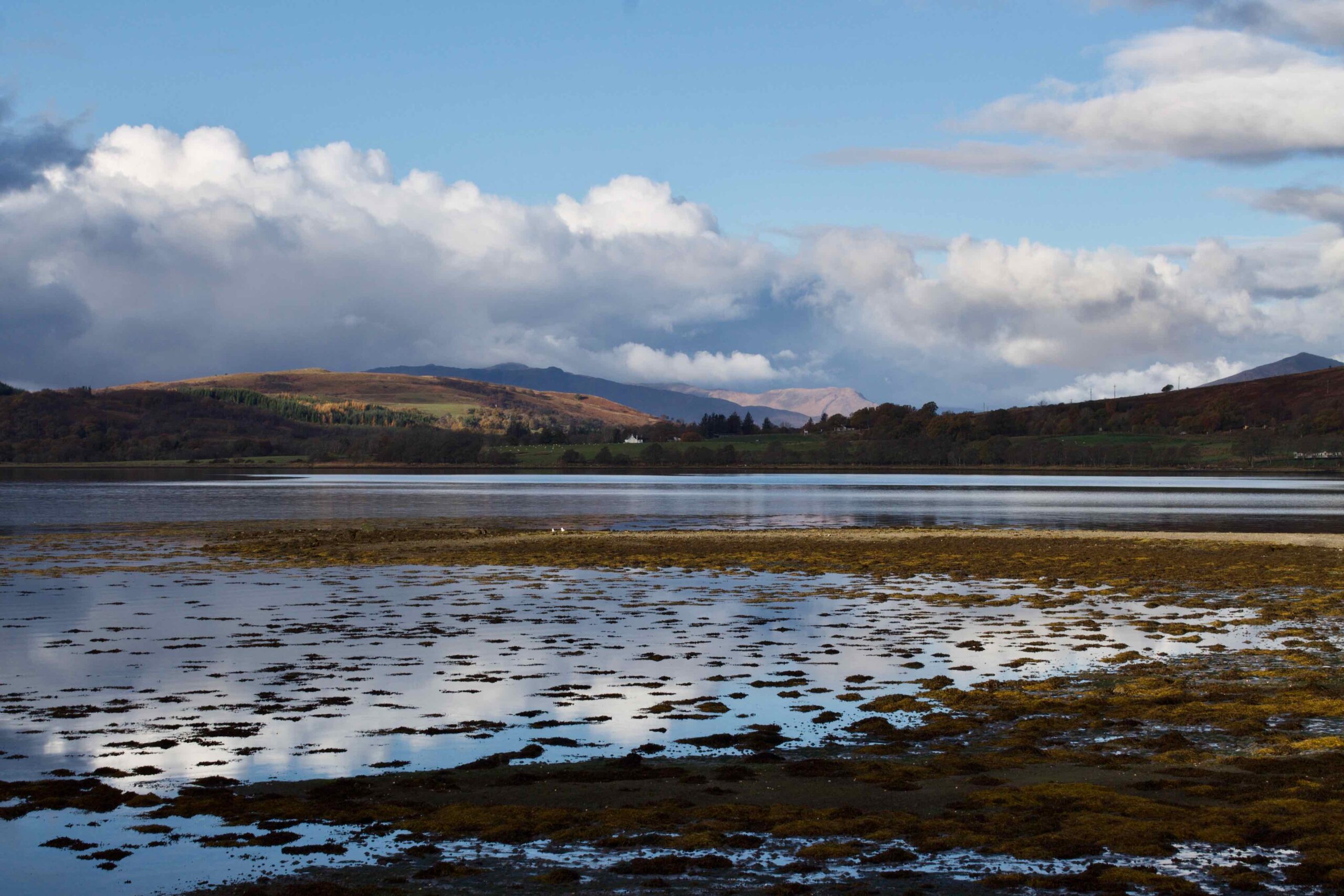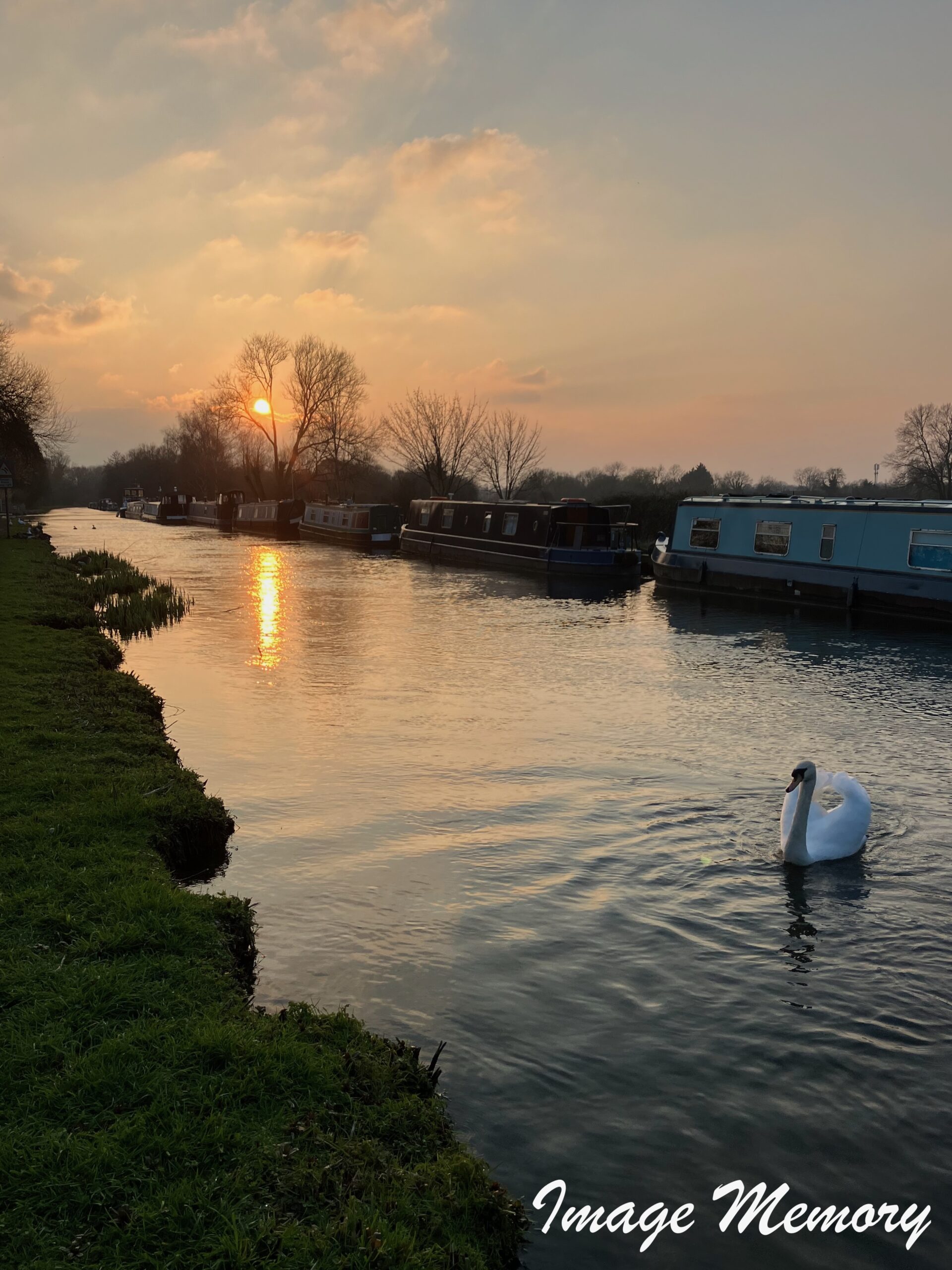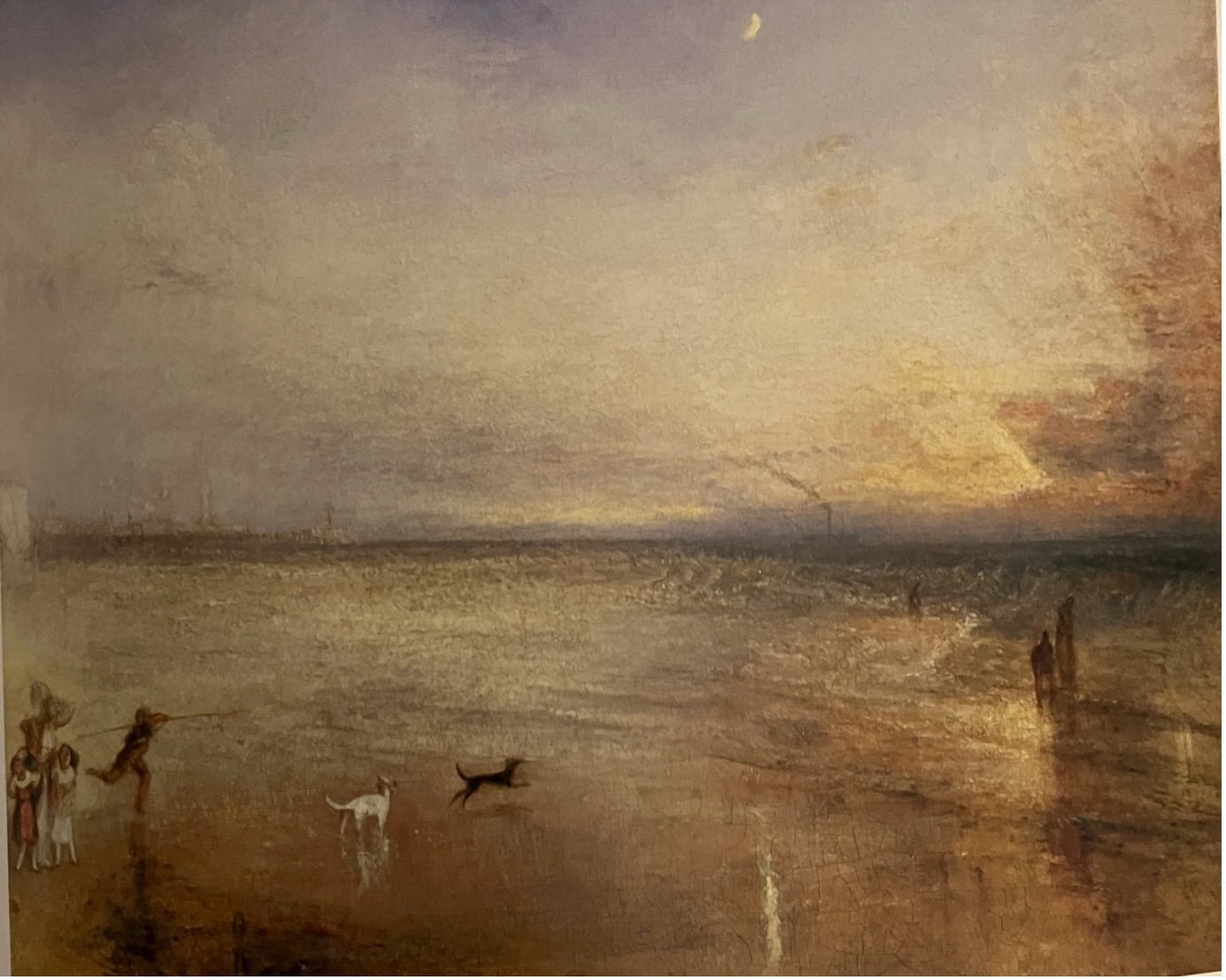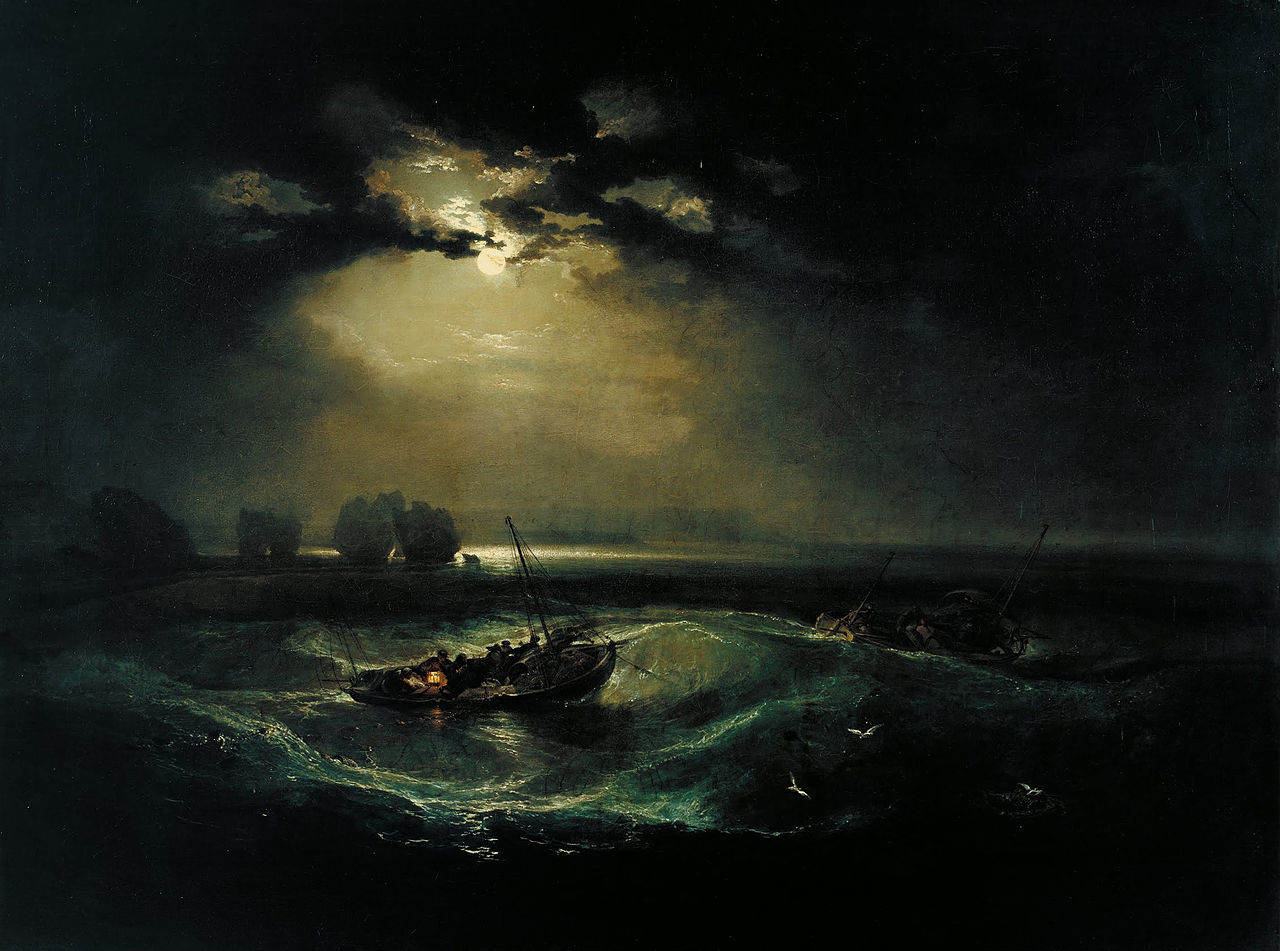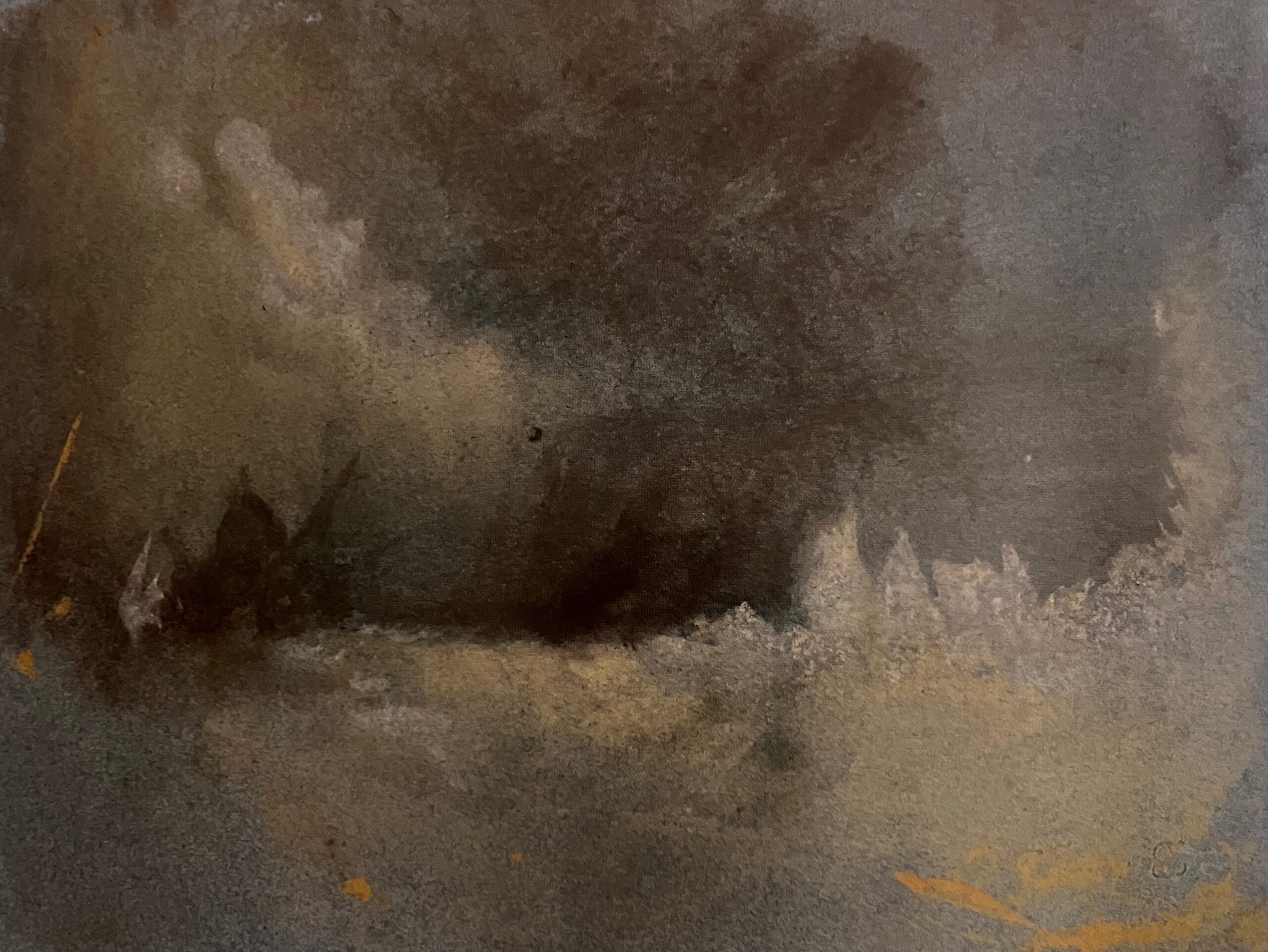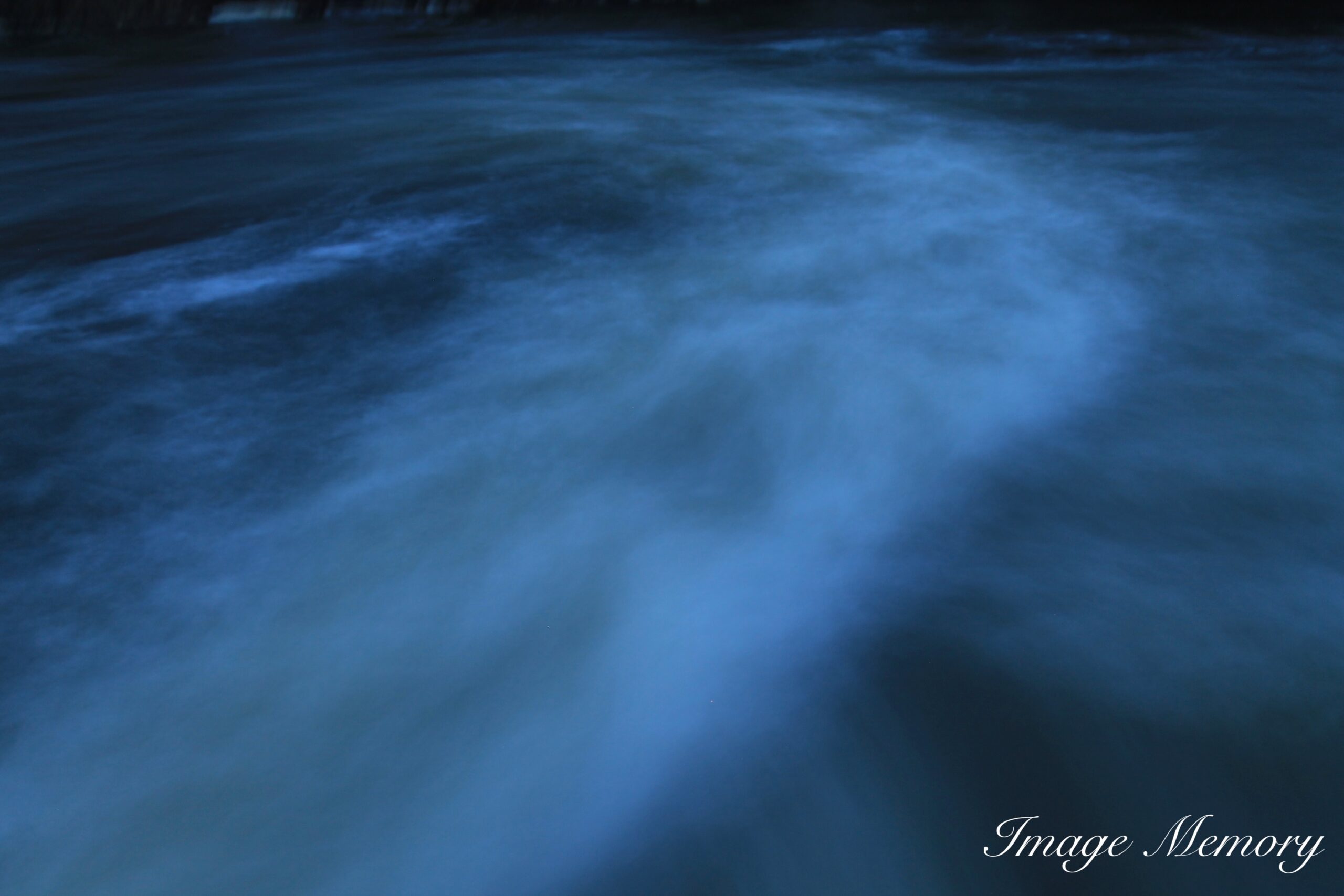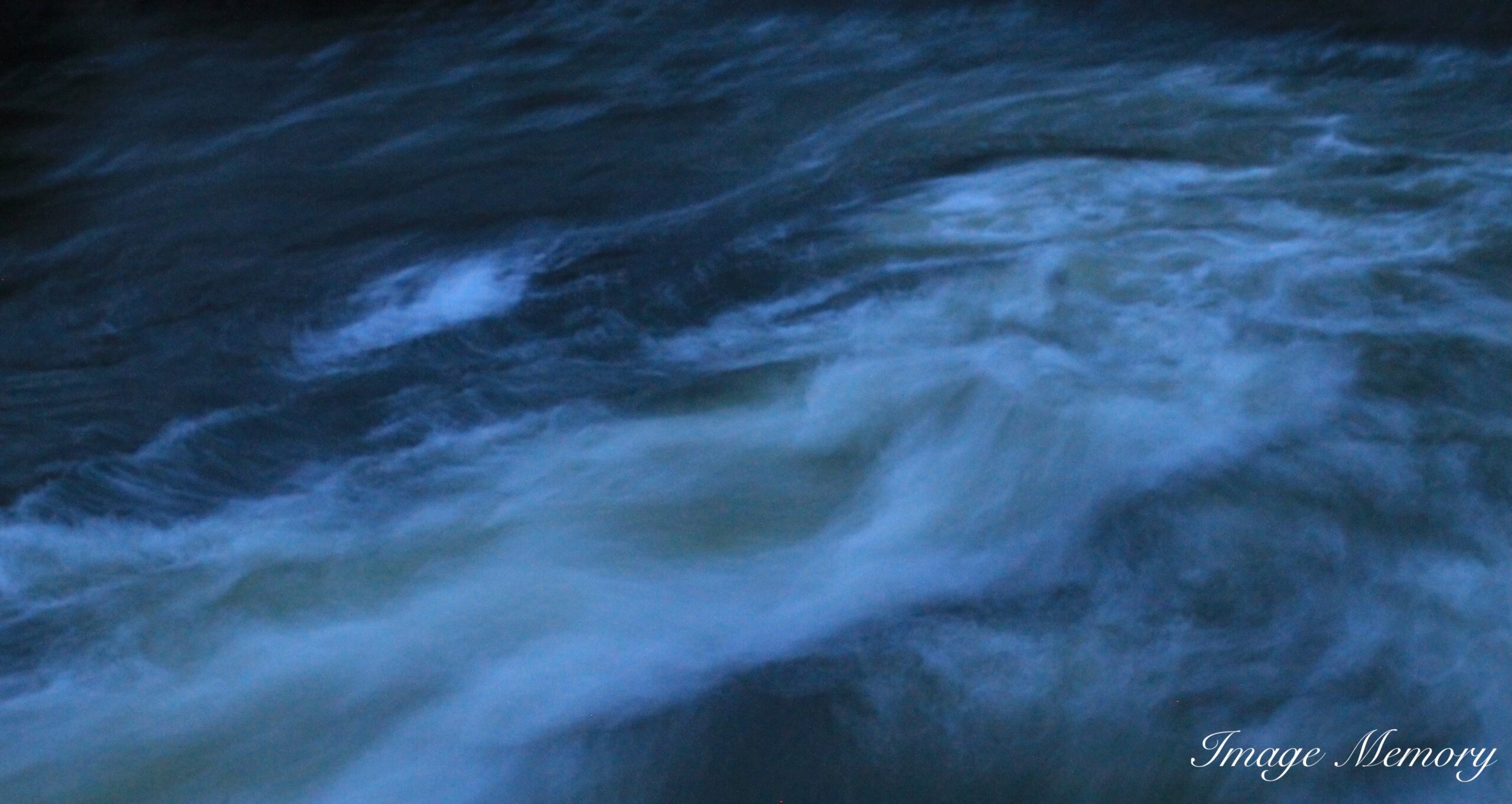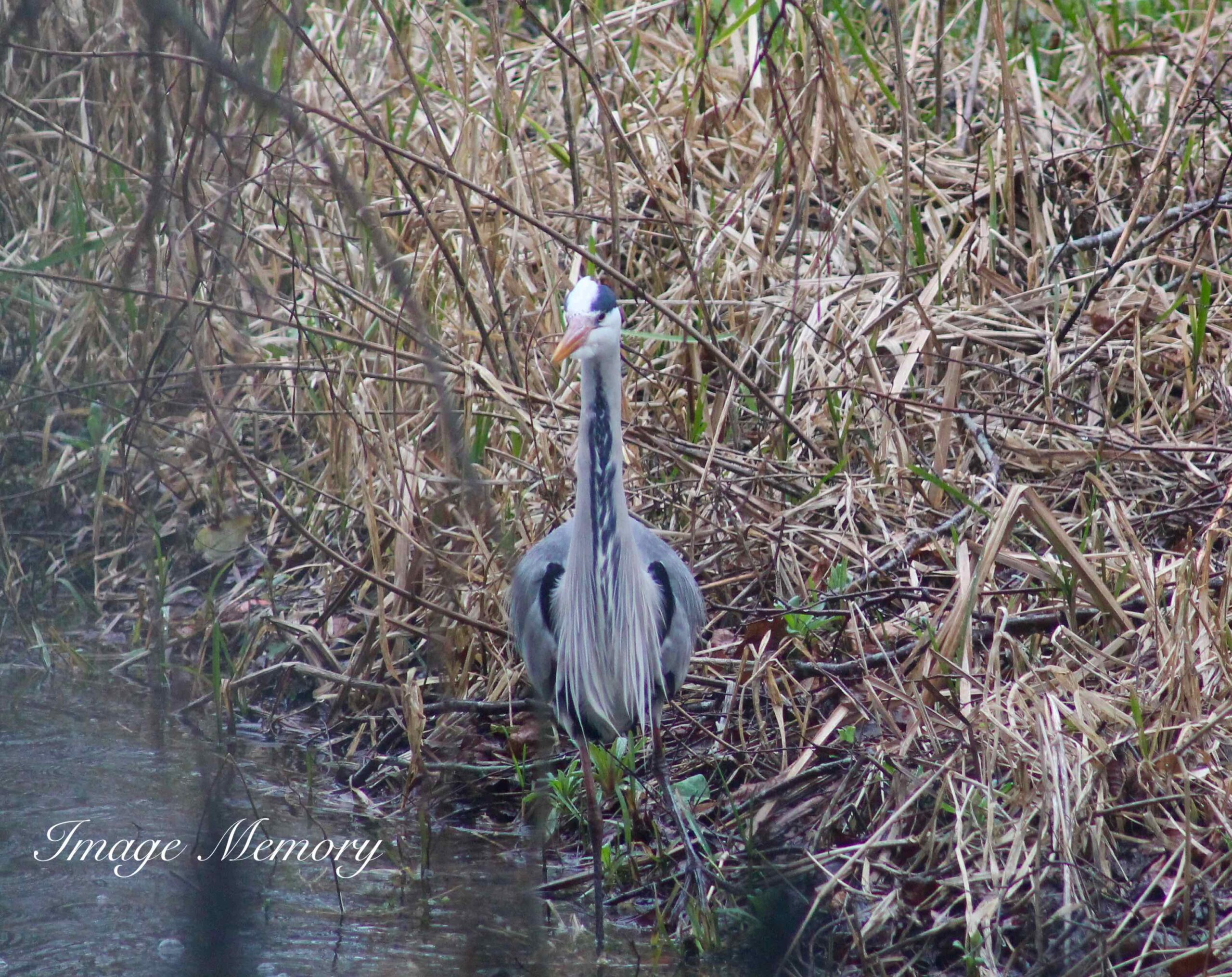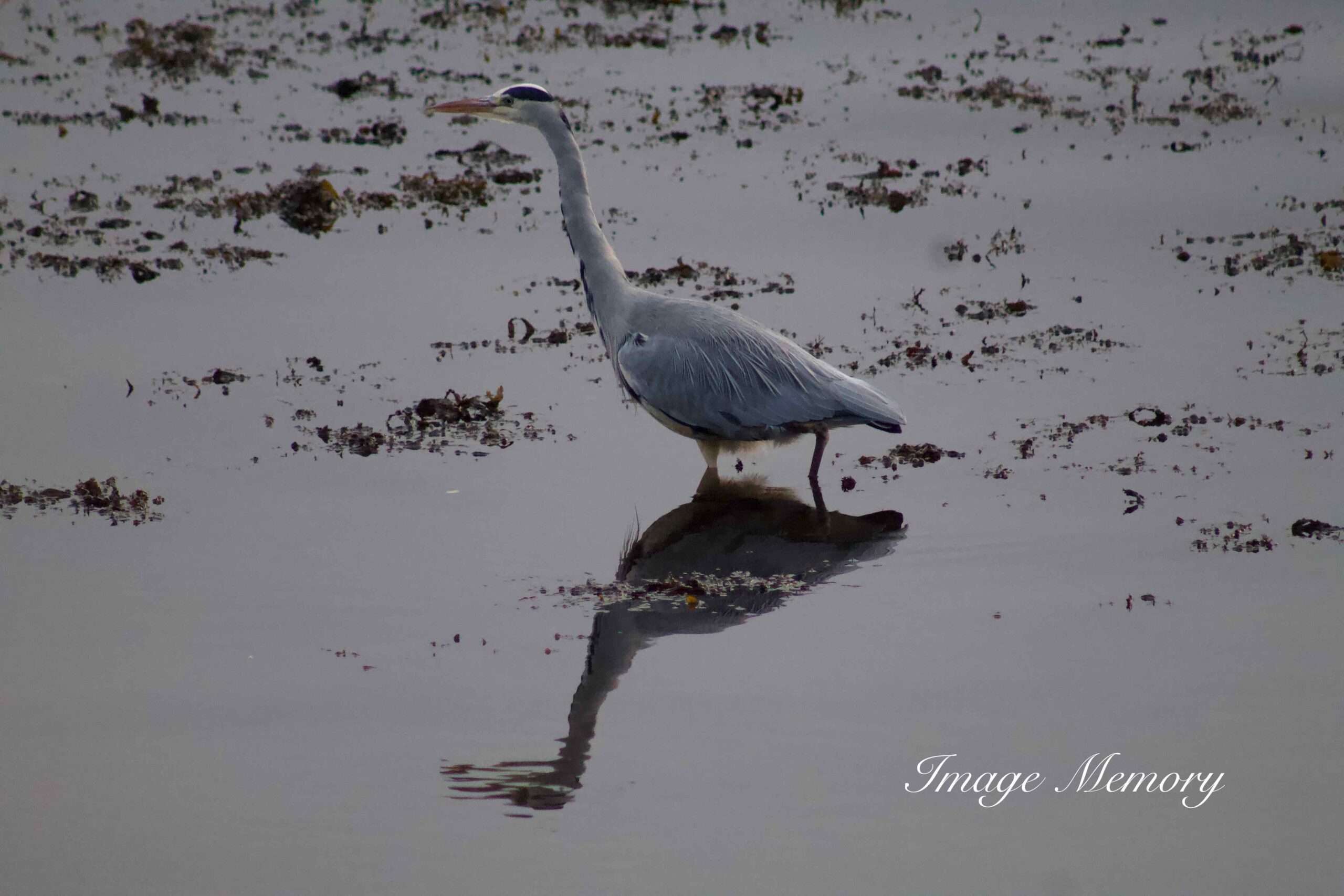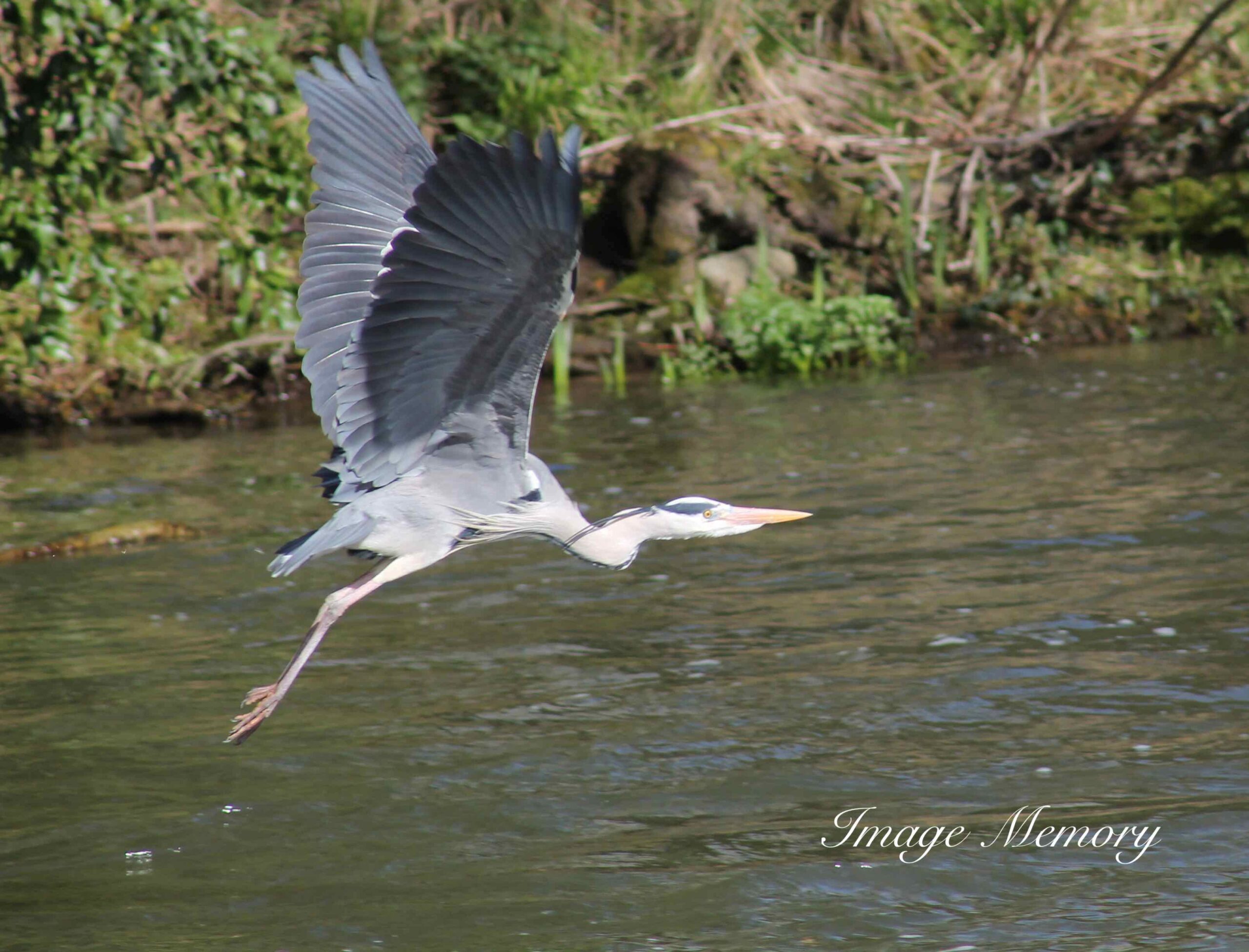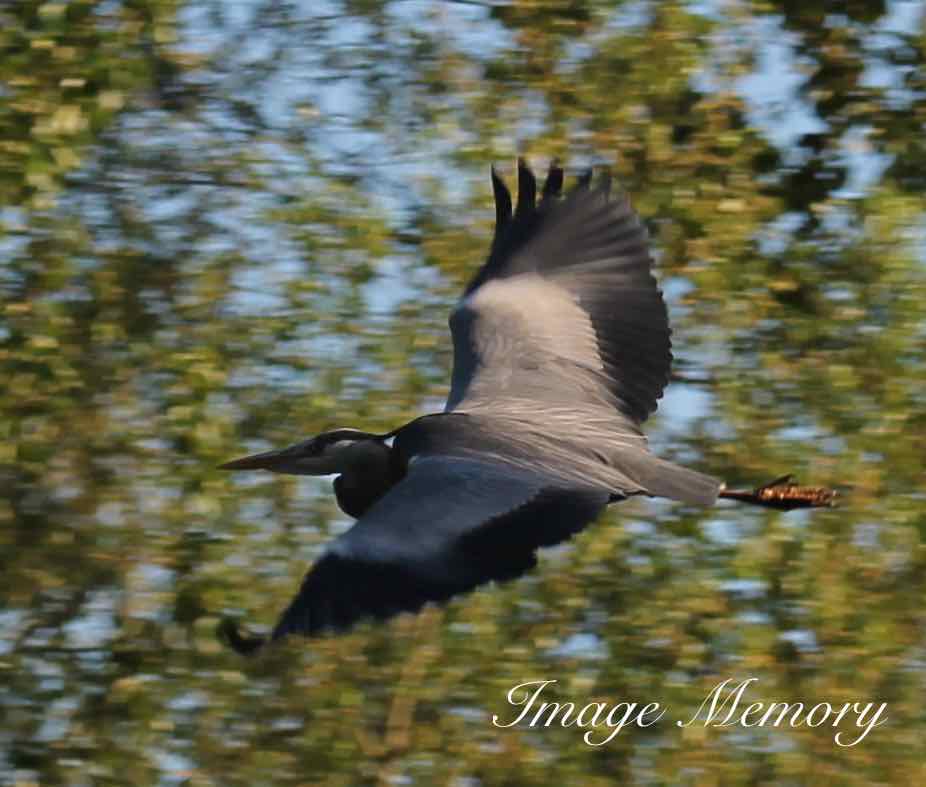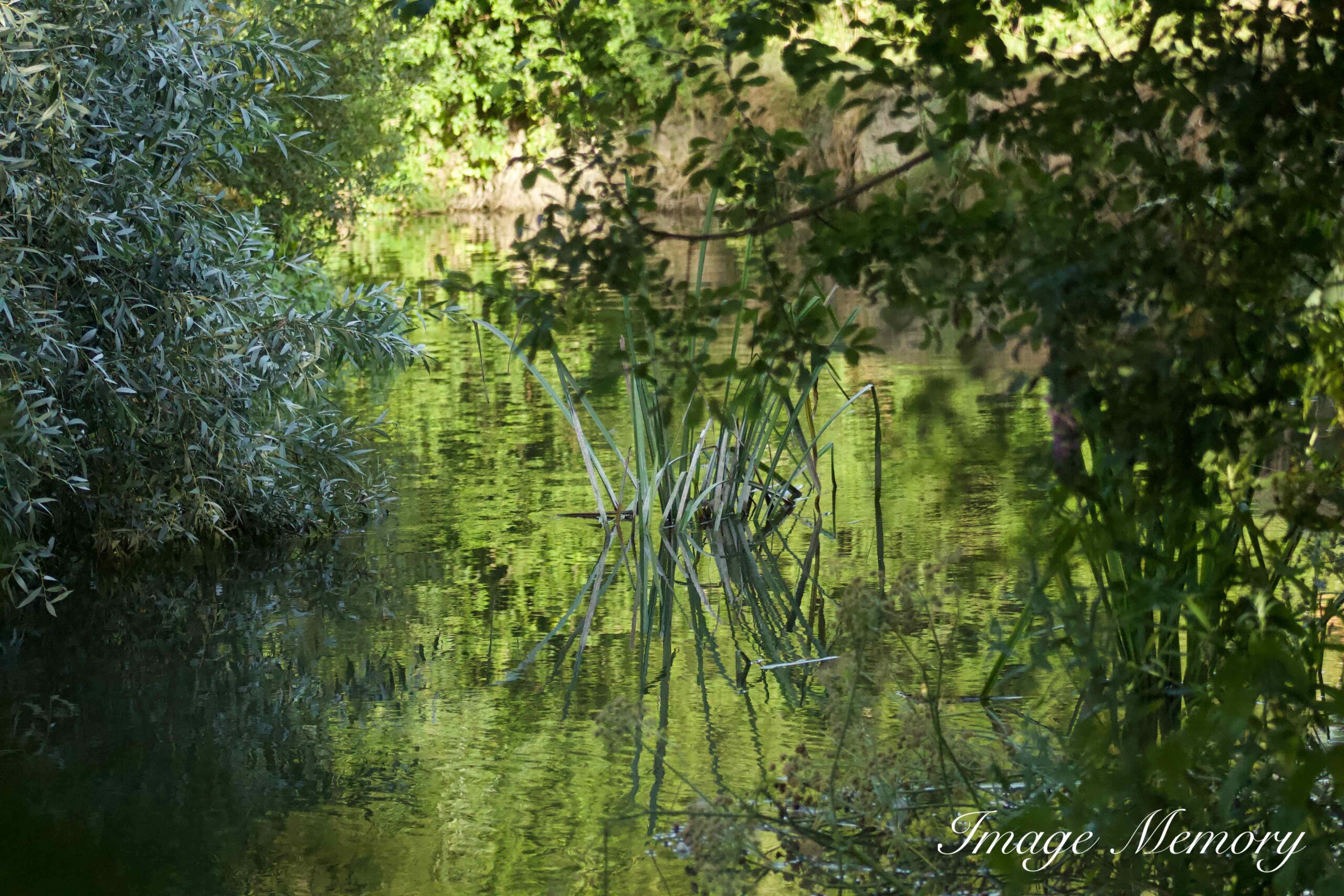
Oasis, Art Photograph, Hugo Richardson
Green symbolises life, fertility and resurrection. Green is calming. The colour can help put people at ease in a new place.
God said, “Let the earth grow green with vegetation, plants yielding seed and trees bearing fruit, each according to its kind.” And it was so. The earth turned green with vegetation, plants yielded seeds and trees bore fruit, each according to its kind. And God saw that it was good. There was evening and there was morning; it was the third day. Genesis 1:11-13
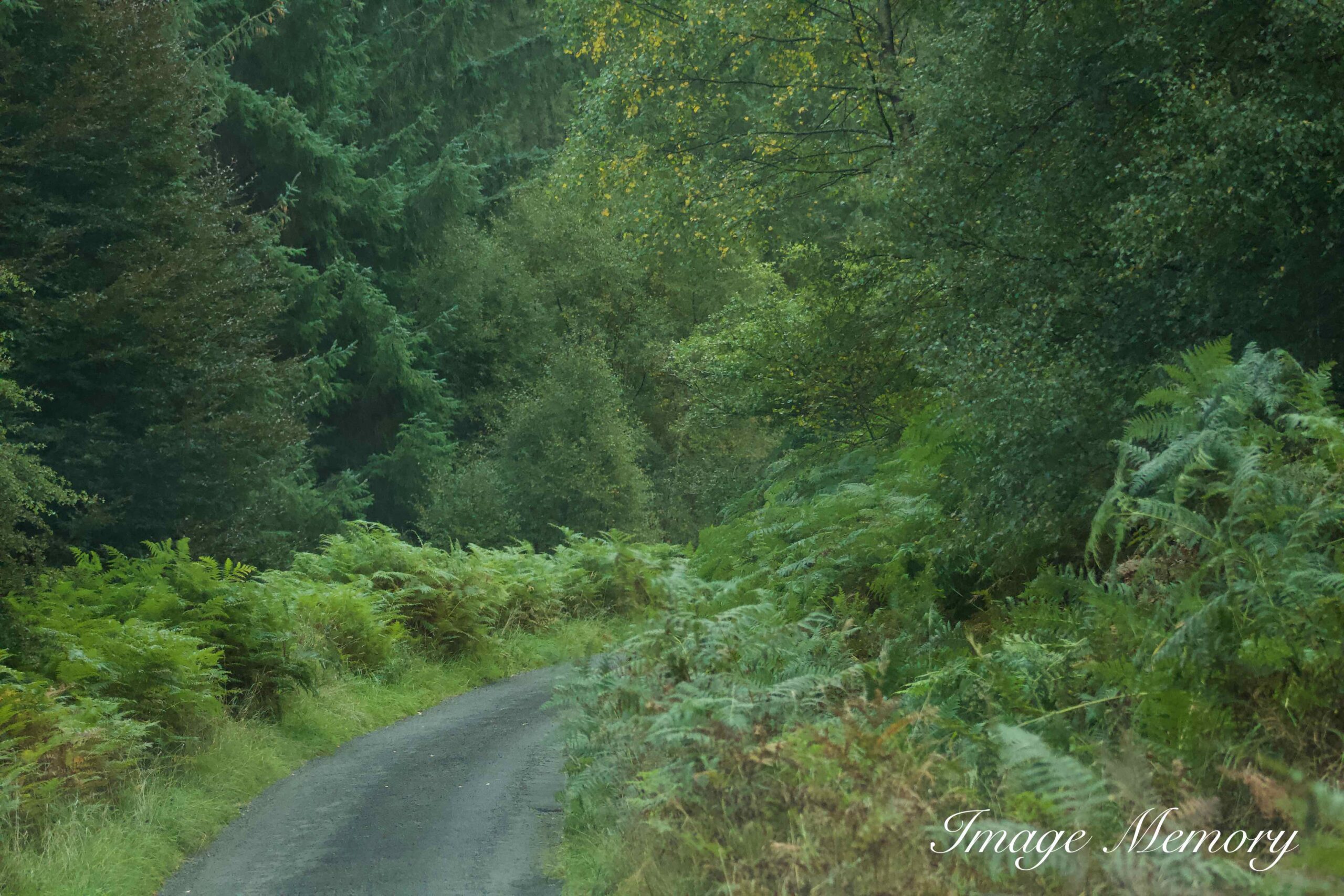
Lake Wood, Northumberland, Art Photograph, Hugo Richardson
Space and interior designers often use green plants and green colours in public spaces, restaurants and hotels.
Buildeo is an interior design company with clients that include Holiday Inn, Hilton and Formby Hall Golf Resort. Their advice for hotel lobby colours is green colour based.
Customers will feel connected to nature with green. The addition of a fountain, waterfall and unusual green plants evoke a sense of peace and tranquillity in a space.
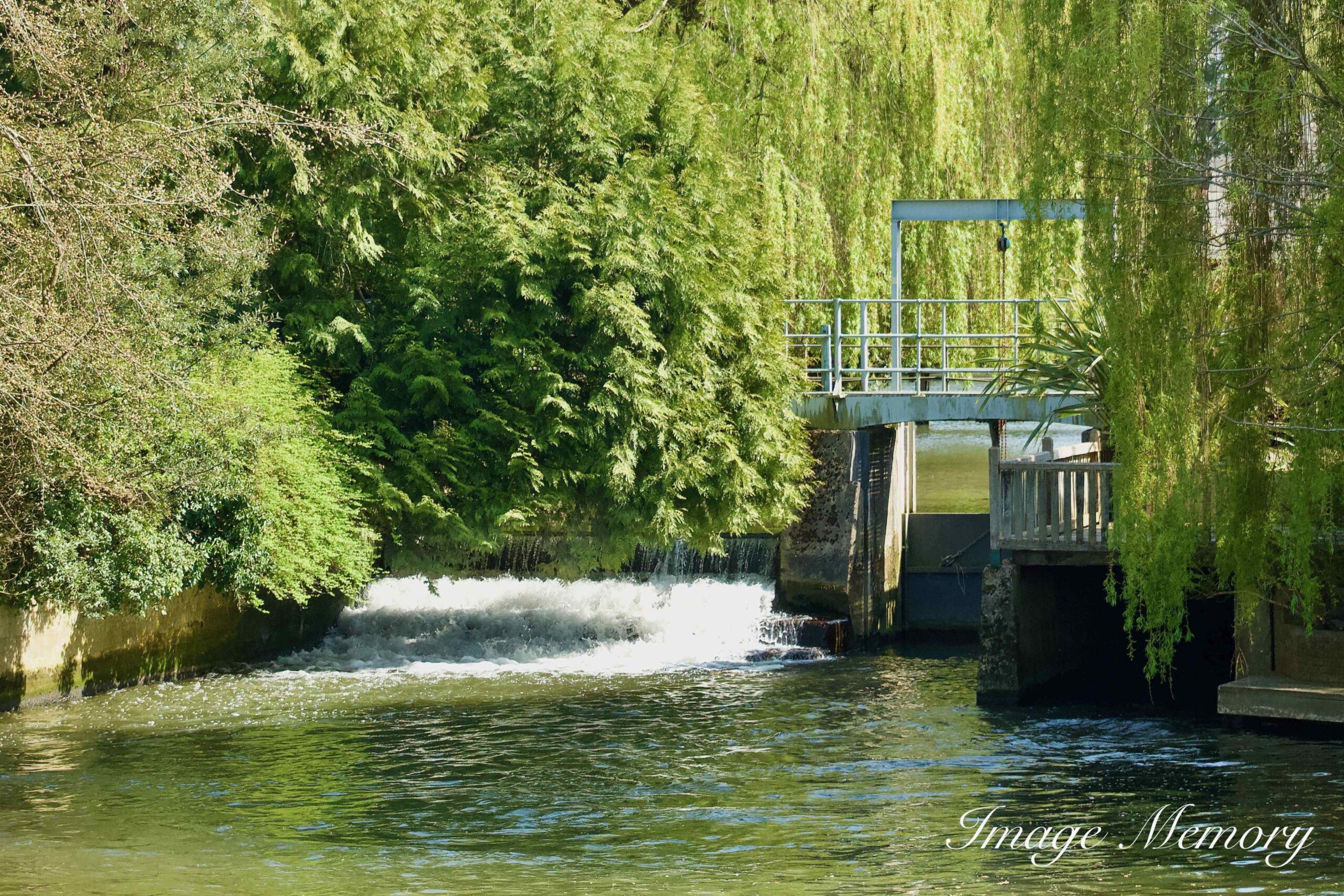
Thames Sluice, Henley-on-Thames, Art Photograph, Hugo Richardson
The awards that have been given at the Chelsea Flower Show this year have themes of water and green plants – particularly the ‘Ecotherapy Garden’ .
Yellow and reds (see past blogs) generate feelings of stimulation. Red and yellow is attention grabbing, can stimulate hunger and motivate speed. Not surprising that KFC, McDonalds and Burger King use the yellow and red pallet.
Green has many layers to it and a rich history. Mixing blue and yellow produces green. The word for green and blue in some languages is the same!
Ancient Egypt associates green with regeneration and rebirth. Ancient Egyptian artists ground malachite for green pigment. Malachite is a copper mineral and stalagmites and stalactites that are green have copper deposits mixed with the calcium carbonate.
Malachite was used by the Ancient Egyptians for tomb decoration, but this fell out of use over time as it oxidised and went black over time.
Ancient Romans use copper to make green pigment. This was achieved by soaking copper plates in wine which made Verdigris – the colour found as patina on old metal.
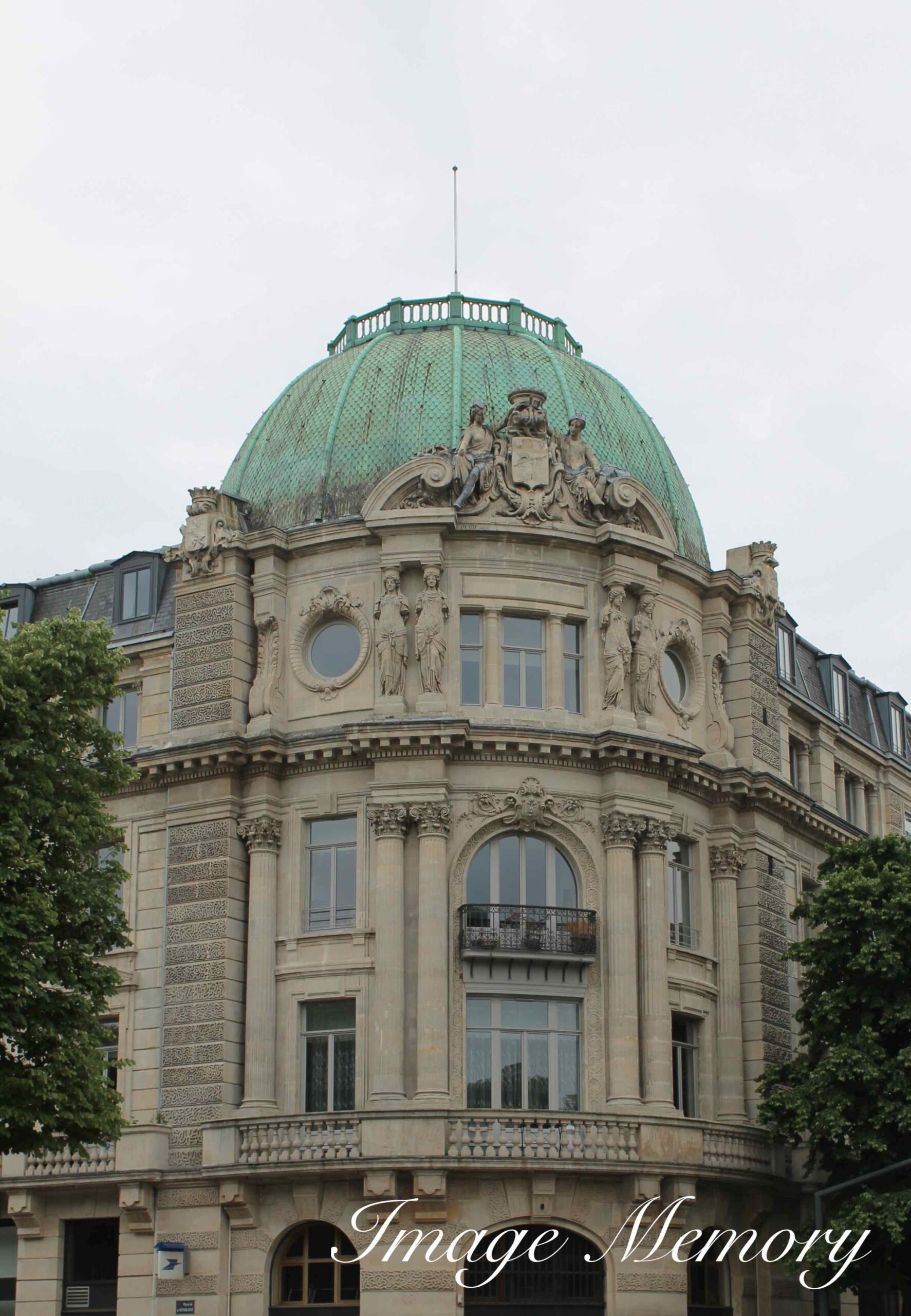
Place de la Republique, Lille, France, Art Photograph, Hugo Richardson
Verdigris was used for mosaics and painting. This technique for green production was used through the medieval period where monks would use this pigment to paint scenes in illuminated manuscripts.
During the Renaissance, plants began to be used to make paint. However, the pigment from plants faded quickly.
Green is often associated with the Islamic religion, but this idea was only developed in the 12th Century. In the Quran green is mentioned eight times, always in a positive sense, as a colour of vegetation, spring and paradise.
Michel Pastoureau, described as a ‘historian born in colour’, and a master of medieval images, symbols and colour has written about this. He believes that in the 1100s green came to be seen as a unifying colour for the muslims. Green became the sacred colour. That is why many copies of the Quran from the Middle Ages had green bindings, as they do today.
Similarly, a great number of religious dignitaries wear green clothing. Muslims believe green is a “symbolism associated with paradise, happiness, riches, water, the sky and hope”.
In 1775 the Swedish chemist, Carl Wilhelm Scheele made green pigment with arsenite, a chemical compound of arsenic. This was as deadly as it was vibrant. The colour was used for curtains, art, clothing and toys. It sickened people for decades and is thought to be a contributory factor in Napoleon’s death. The wallpaper in the room where he was exiled contained Scheele’s green.
More positively, green is restful, soothing, cheerful and health giving. Green is thought to relieve stress and help heal. Those who have a green work environment experience fewer stomach aches.
Green landscape photography, available in different sizes, can have a positive impact upon a room. Please call me with any questions with reference to images that may help the professional space within which you work.
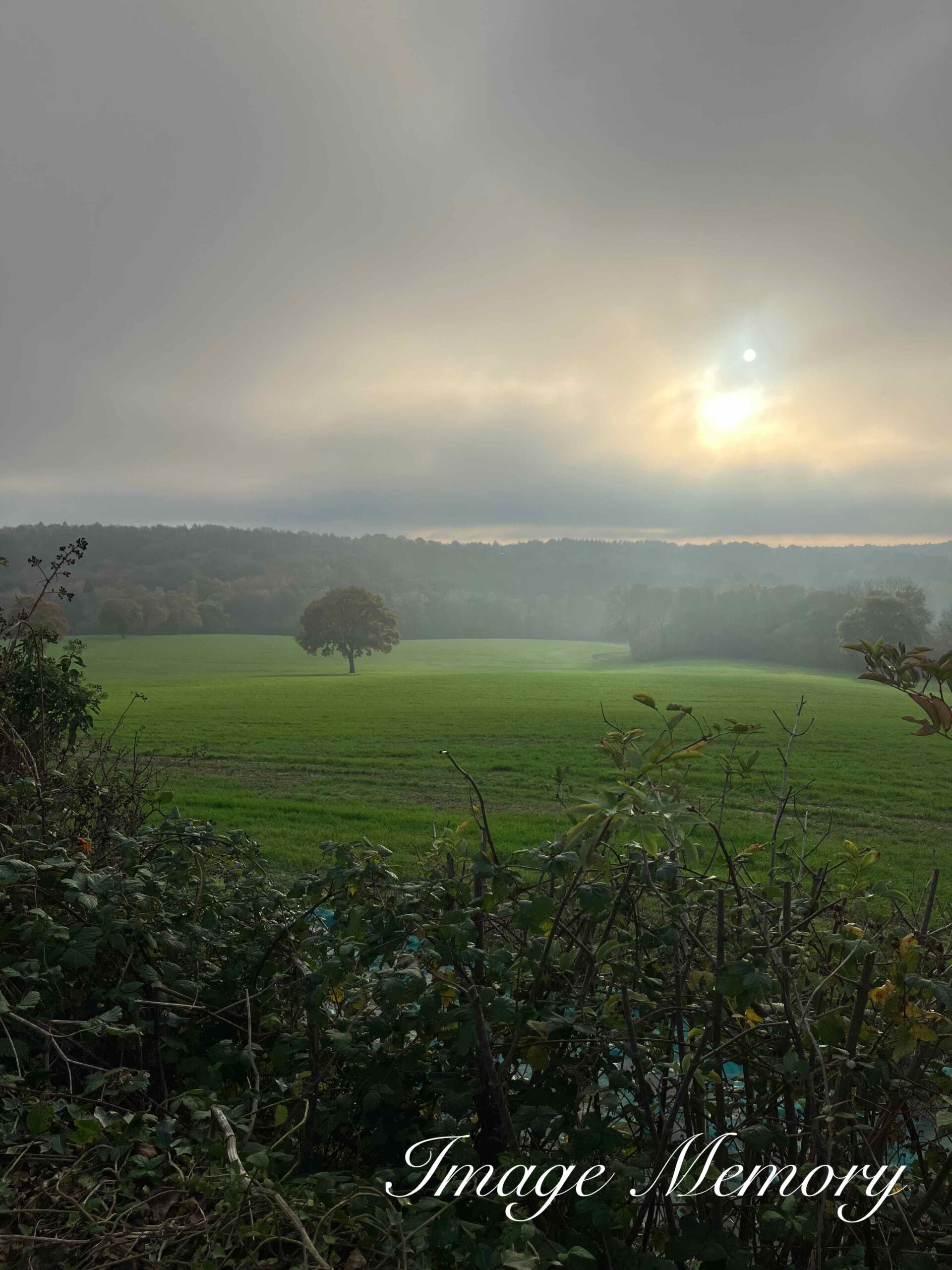
Landscape, Goudhurst, Kent, Art Photograph, Hugo Richardson
Green is the colour of balance and harmony and can, therefore, be helpful in times of stress.
So many of us are exposed to the glare of electronic screens on a daily basis. Prolonged use of computers have been noted as having an aggravating impact on tinnitus.
If you expose yourself to green environments, research suggests this can lower blood pressure and heart rate. If you click on this text area, you will see evidence that green stimulates recovery and relaxation and has a positive impact upon mental health.
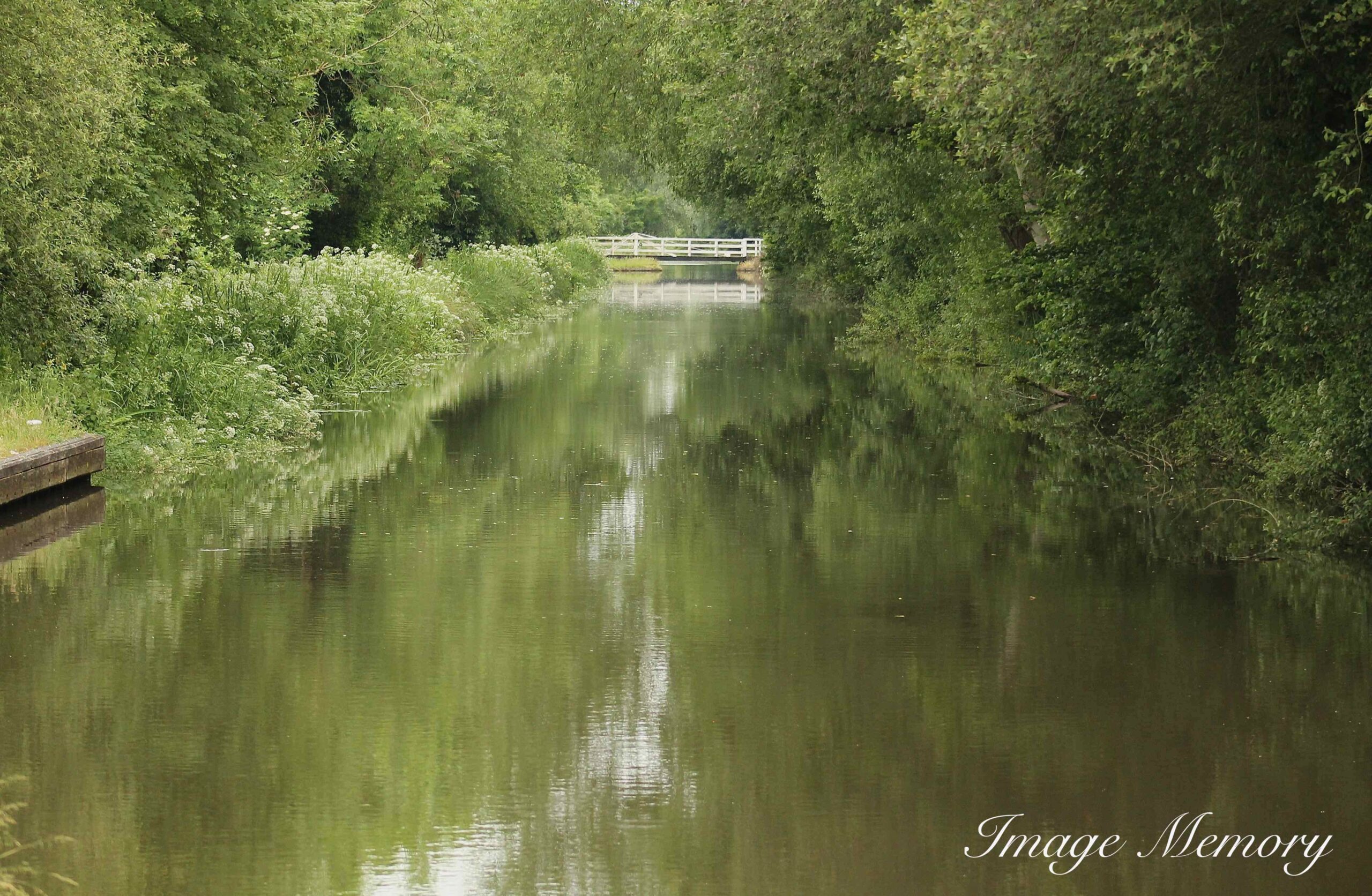
Sulhampstead Cattle Bridge, Kennet Canal, Art Photograph, Hugo Richardson
Colour-chakra theory from Hindu scriptures adds green; strengthens bones and muscles, disinfects bacteria and virus, and relieves tension; used to treat malaria, back problems and blood pressure.
Goldstein asserts “under the influence of green (as with blue) light, time is likely to be underestimated.” “Also, weights will be judged lighter.”
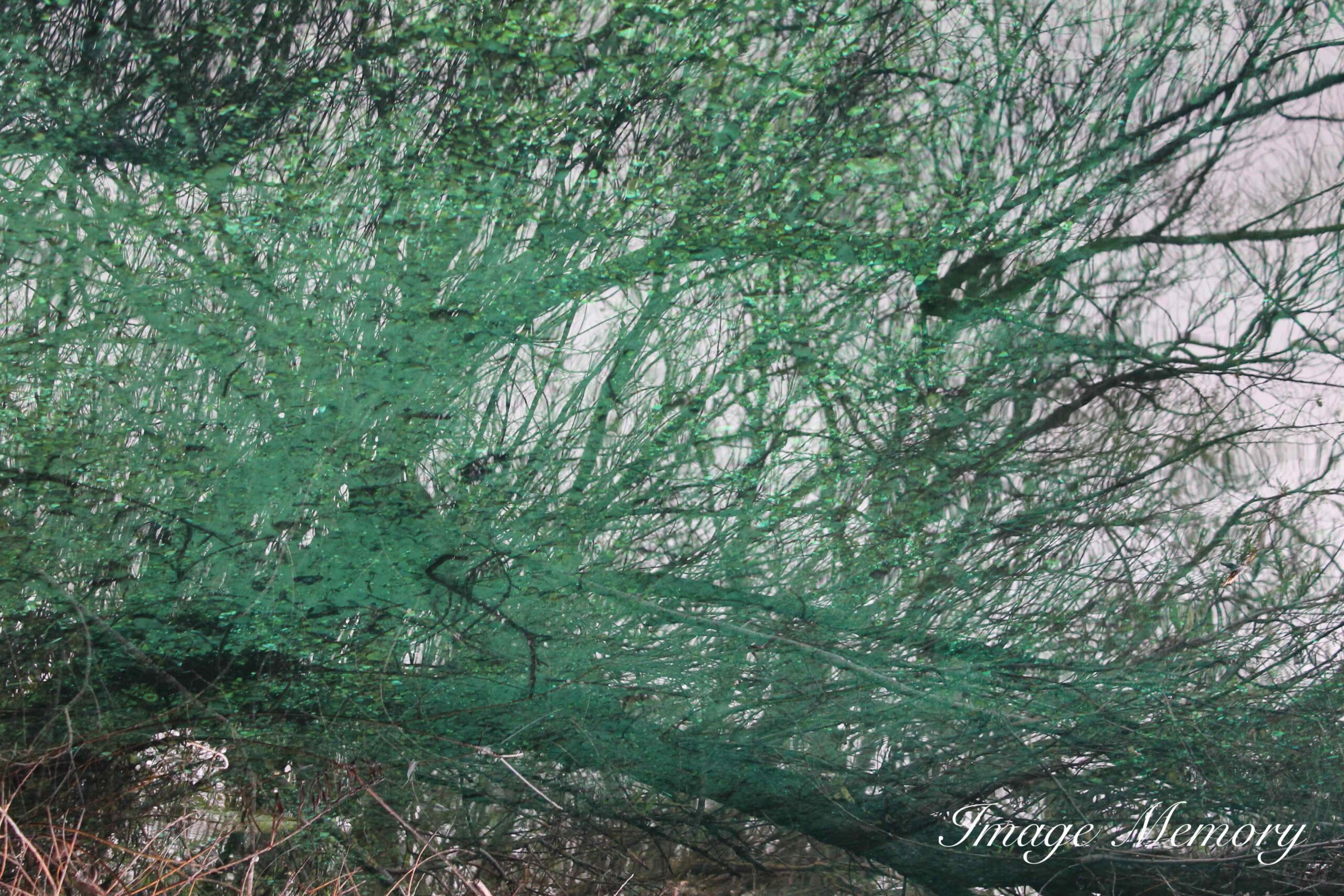
Theale Lagoon, Theale, Art Photograph, Hugo Richardson
Negative associations:
Boredom, stagnation, envy, blandness, enervation, sickness
Positive Associations : (source: Envato Pty. Ltd.)
Health, hope, freshness, nature, growth, prosperity
hugo.richardson@image-memory.com
Tel.: 07476 343 777
Next week in the Psychology of Colour series – Pink
